After visiting the John Gorrie Museum in Apalachicola we decided to stop in to see the nearby Orman House. The prosperity of the small delta town of Apalachicola has risen and fallen many times since the early 1800s. The King of Spain ceded the entire peninsula of Florida to the United States in 1819. Thomas Orman, born in 1799 in NY state, travelled by barge down the Mississippi arriving in New Orleans when he was 18. By 1820 he had earned enough to purchase a cotton plantation. When Orman learned of the plans of the Apalachicola Land Company to create a major commercial port in Apalachicola, he sold the plantation and moved his family there in 1824.
An enterprising businessman, Orman established a mercantile shop and several cotton warehouses. By purchasing (and then selling) European goods from ships, he had the right to re-load the ship with cotton from plantation owners (he would get a 3-5% commission for loading it onto the English ships). During the shipping season (December to June) the population of the town would soar to 5,000. It became the third largest port on the Gulf (behind New Orleans and Mobile). In the off season in 1835 with the threat of Yellow Fever (70% mortality rate), only 70 people remained in the town.
In 1836, Orman came across the future location of his elegant home while on a search party to hunt invading Native Americans (Creek). They never found the Creek, but Orman purchased the property and the house was completed in 1838.
Self-guided tours of the three floors of the original house are available during hours of operation. A volunteer provided an introduction to the history of Thomas Orman and his beautiful home. Most of the furnishing and artifacts in the house have been donated by the family.
The dining room table is set with china that belonged to the family. The furniture was shipped to Apalachicola from New York, except for the hutch that was built by local cabinetmakers. Orman had commissioned the work as a gift to his wife. Period dresses are displayed at each corner of the room. Also shown is an original butter churn of the period. Of course, Orman had slaves that did all of the cooking, housework, etc. By 1840, 50% of the population were slaves.
Orman's office has three large windows providing views of the Apalachicola River at the time it was built. His desk and many original books were in the room.
Also at the front of the house is the music/game room.
This first floor bedroom had beautiful quilts and various items of infant clothing. And check out the wooden chamber pot commode. You just have to feel badly for the slaves that had to empty and clean that thing.
Next to the bedroom room is a sewing room completed with a vintage sewing machine.
There are two bedrooms on the second floor. The tall ceilings, large windows and fireplace make for a beautiful room. There is also a second floor porch accessible from the hallway.
Children's items and toys were displayed in the second bedroom.
The small attic is open to the public as well. There are various tools on display. The house is reportedly haunted and there are many stories of the "ghosts" that have been heard in the attic. Also, the ghosts seem to enjoy playing the piano on the first floor on occasion. We did not have any paranormal experiences, but, of course, we were visiting during the day!
Orman's son, William and his family, moved into the house in 1880. It is was continuously occupied by descendants of the family until it was sold in 1994. It became a state park in 1999.
In front of the house is the Three Soldiers Detail Statue, a bronze replica of the original Three Soldiers Statue at the Vietnam Veterans Memorial in Washington, DC. It was erected here in memory of the people from the South who served during the Vietnam war (which includes my husband, John) and was dedicated in 2008.
The Chapman Botanical Gardens, located next to the Orman house, are named for a prominent southern botanist and resident of Apalachicola in the 1800s.
At the entrance were these beautiful red amaryllis, several large oleanders, and various hibiscus plants.
A garden of succulents and cacti is located near the water tower.
John noticed this large osprey nest built on the water tower. We saw this osprey fly to his nest and then perch on the tower.
Near the rear of the park is this mermaid carving from driftwood. A boardwalk runs along the back and side of the gardens. A lovely shelter provides a peaceful setting to enjoy the serenity of the gardens.
Our sweet doggie, Sadie, was thrilled to see squirrels running around and up the trees.
Spring flowers had recently been planted in beds in multiple locations of the park.
We wrapped up our visit to the gardens. This last photo is of an unusual plant in a pot near the entrance. Sadie also found it very interesting!
Admission to the Orman House is $2/person. You may explore the gardens at Vietnam Memorial at no charge. For additional information about the Orman House, check out the following website: www.floridastateparks.org/park/Orman-House
Before leaving town, we stopped for a bite to eat at the Apalachicola Seafood Grill. The fried oysters I had were excellent! 10% of all of the oysters eaten in the US come from the Apalachicola Bay, and these were nice and fresh. I do not usually order oysters, but I was glad I did here. John had a basket of fried shrimp (also from the Bay) that we also very good. Their hush puppies were also very good.
We left Apalachicola with full stomachs and lots of new knowledge of this lovely coastal town. We both really liked it here.

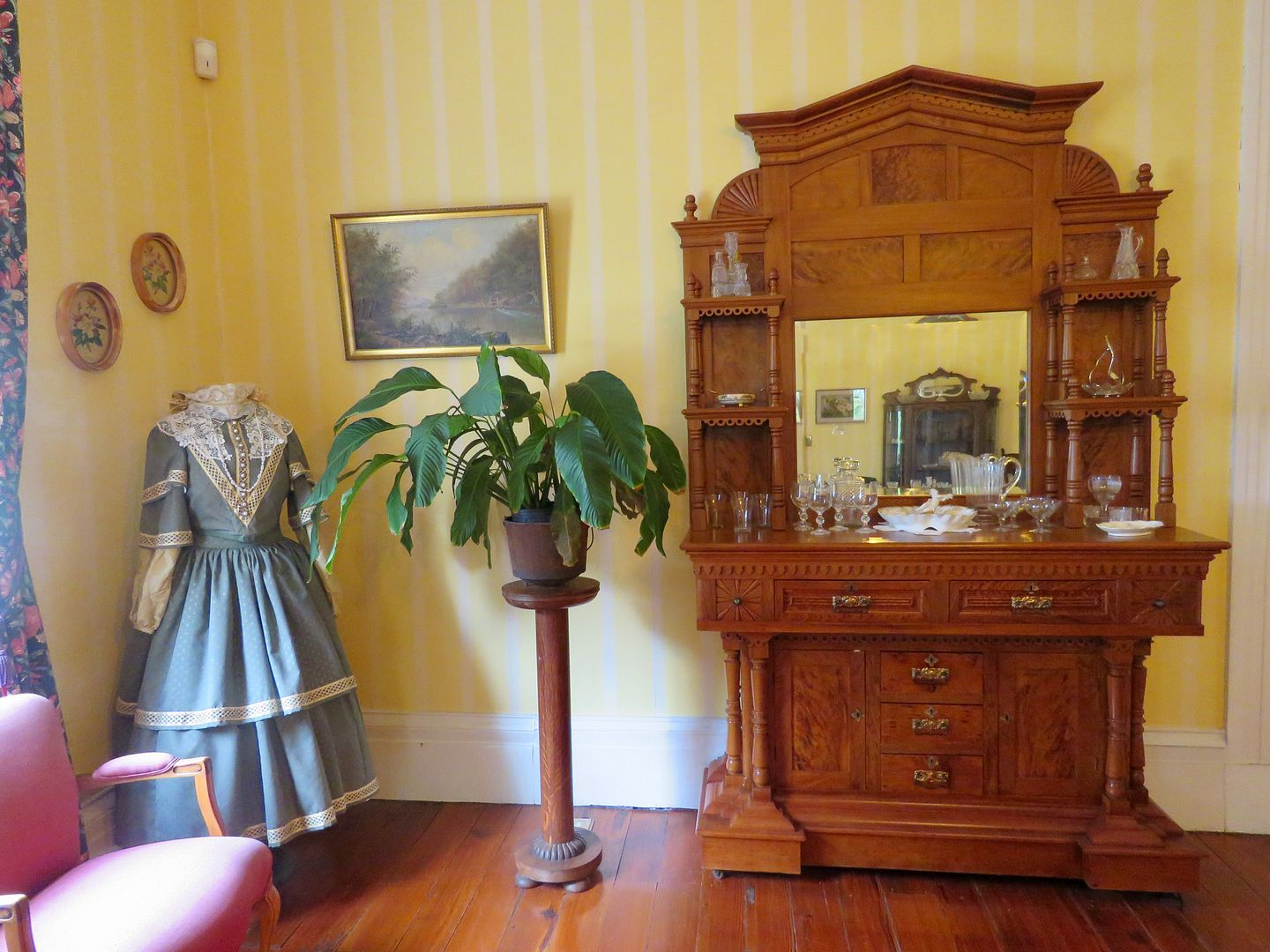
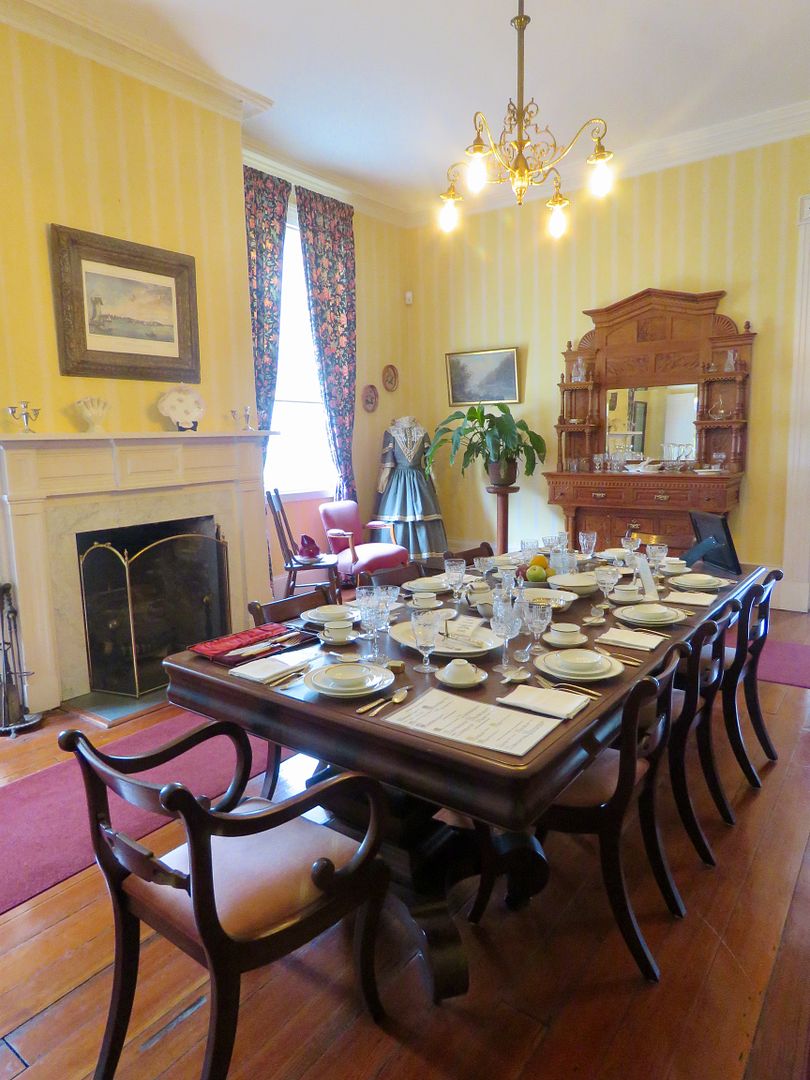
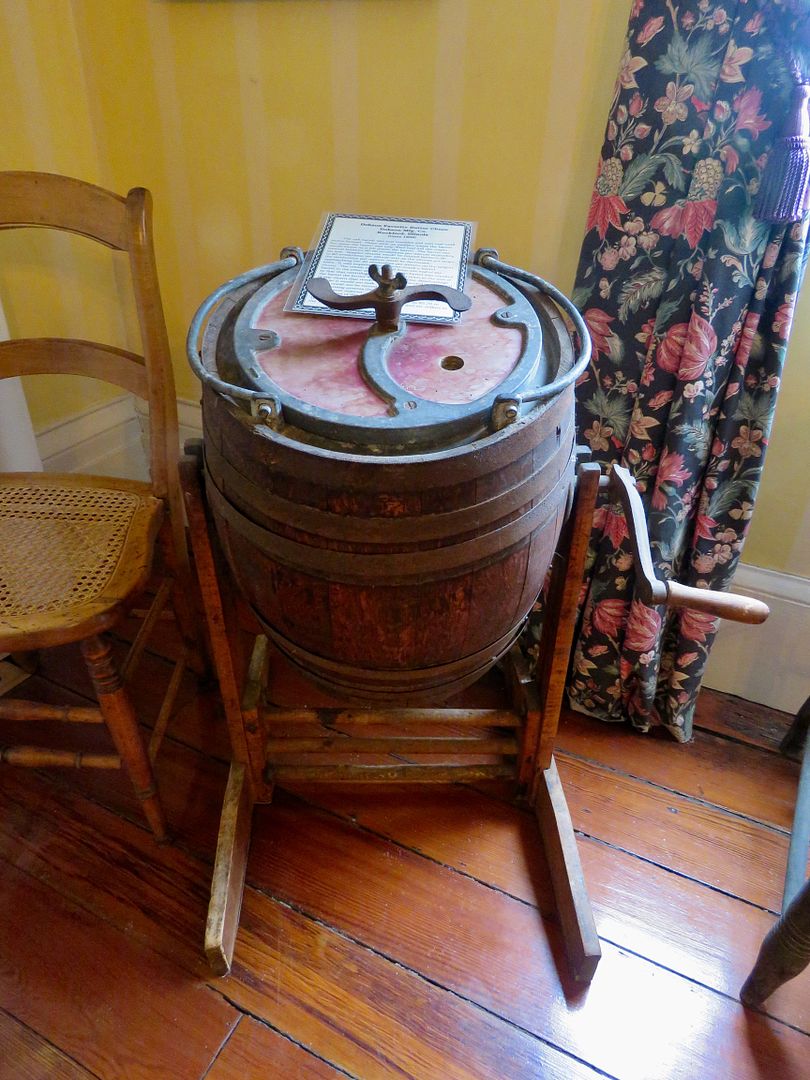
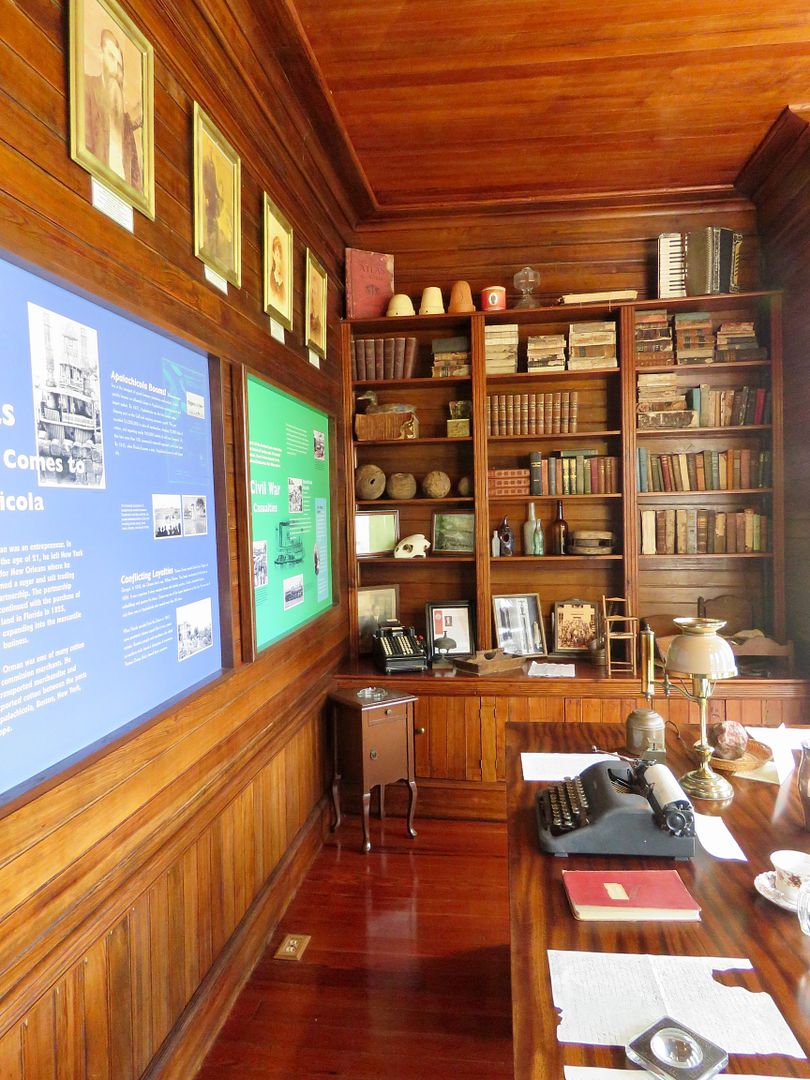
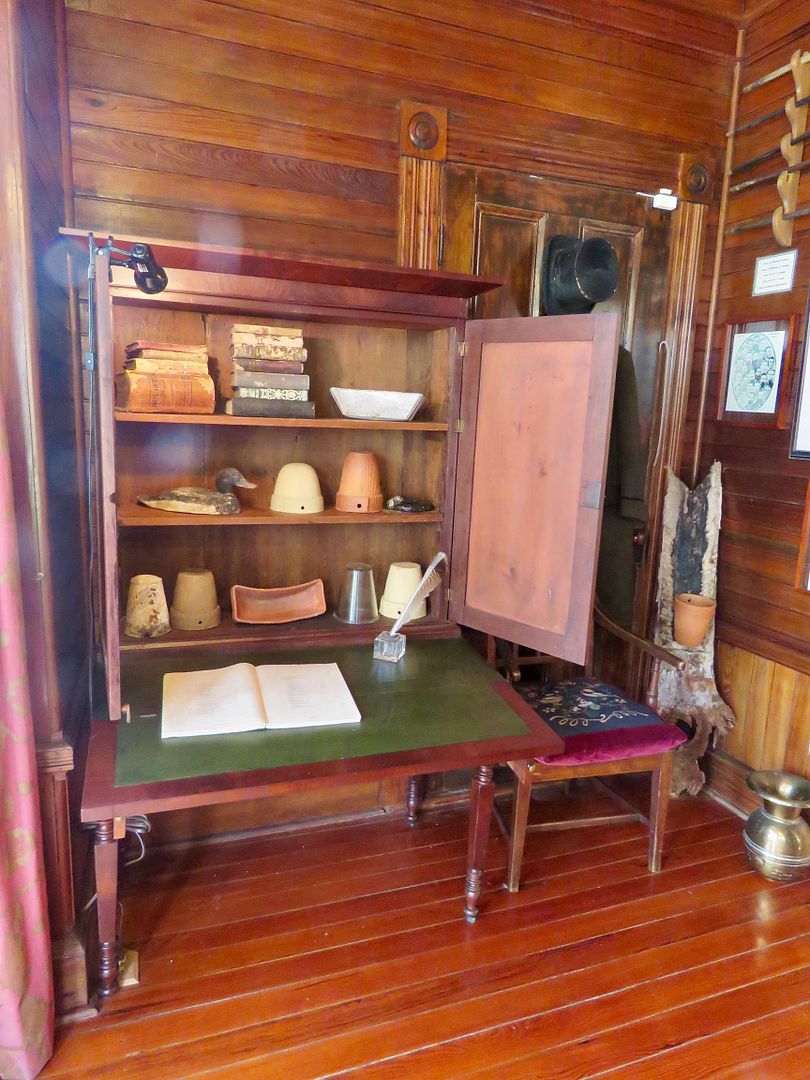

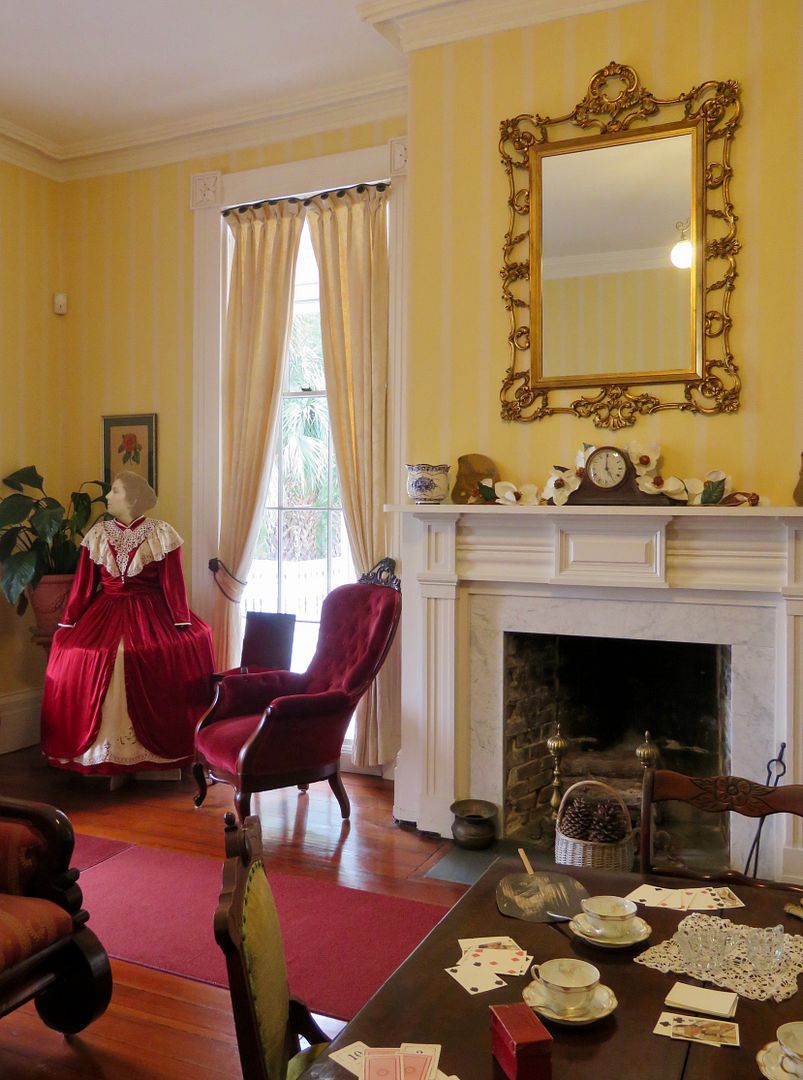
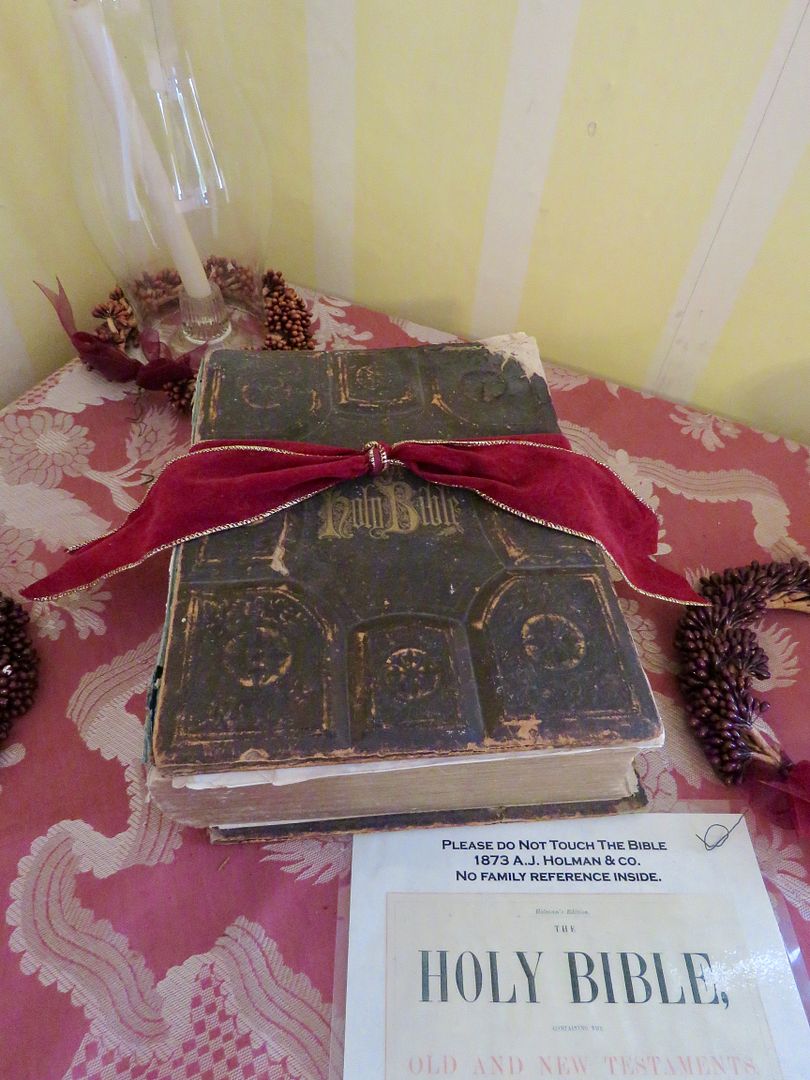
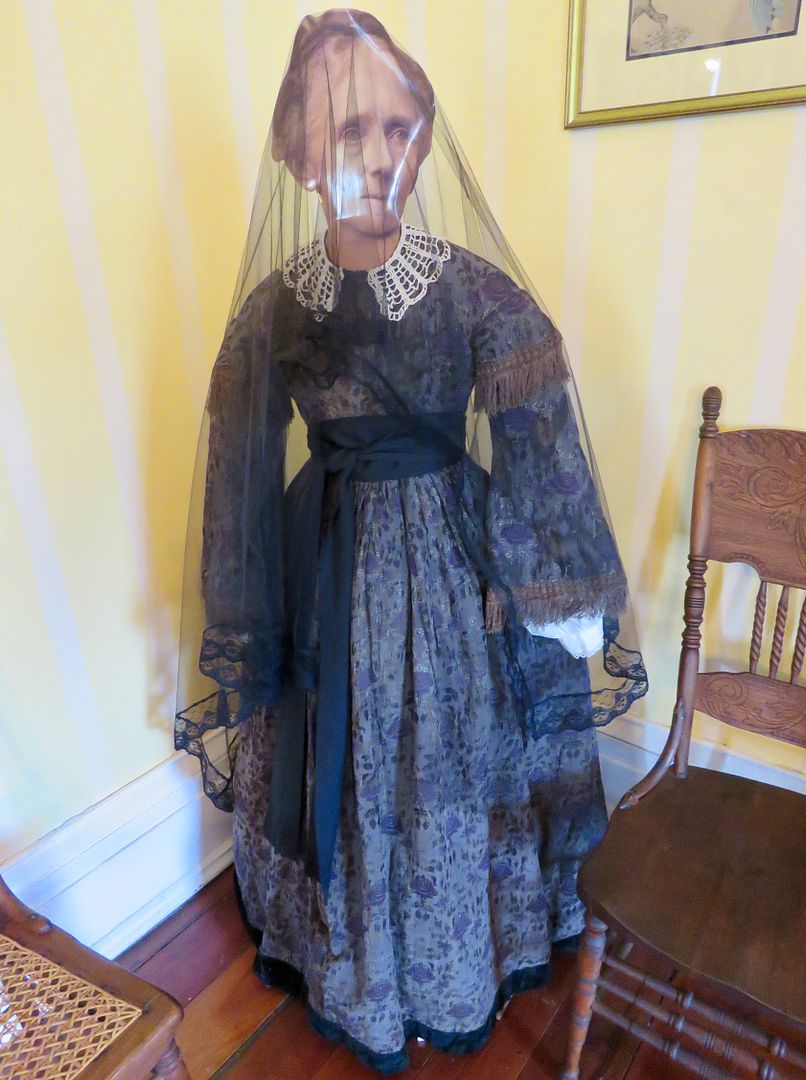
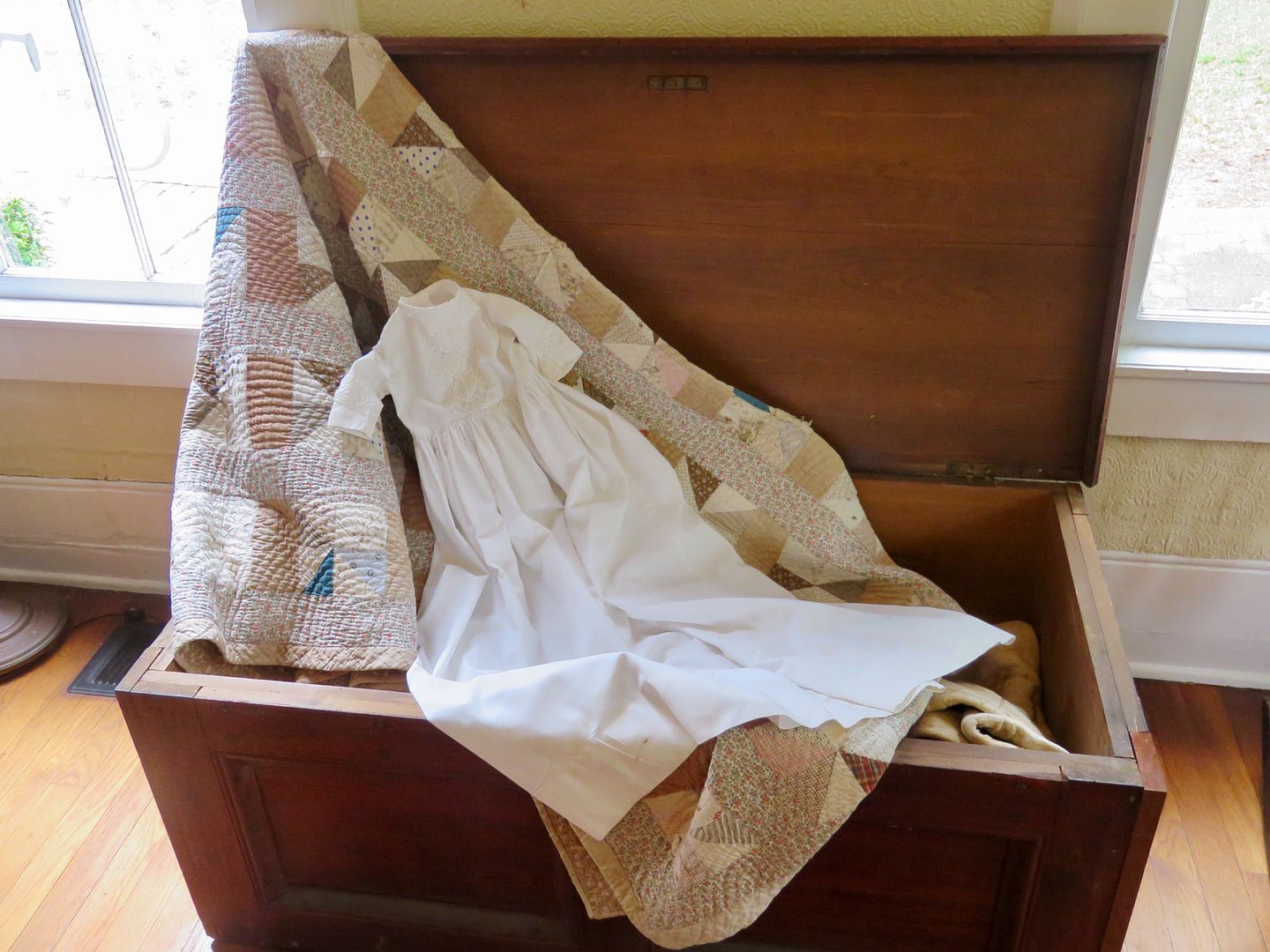
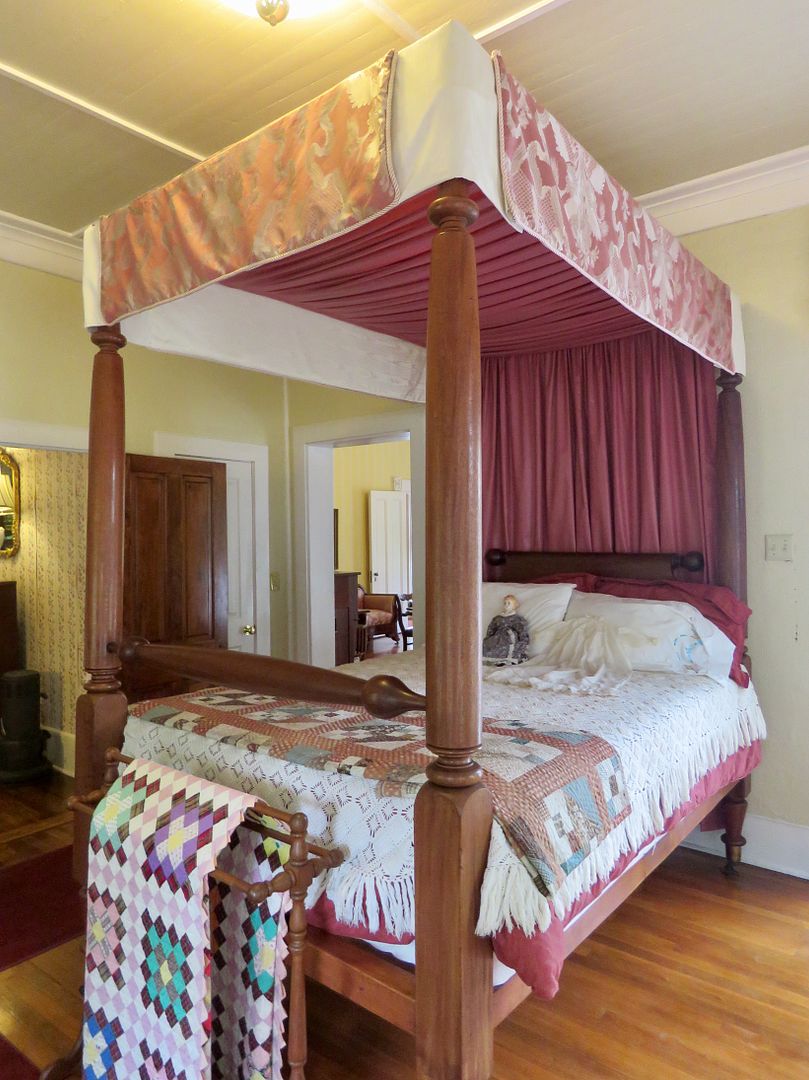

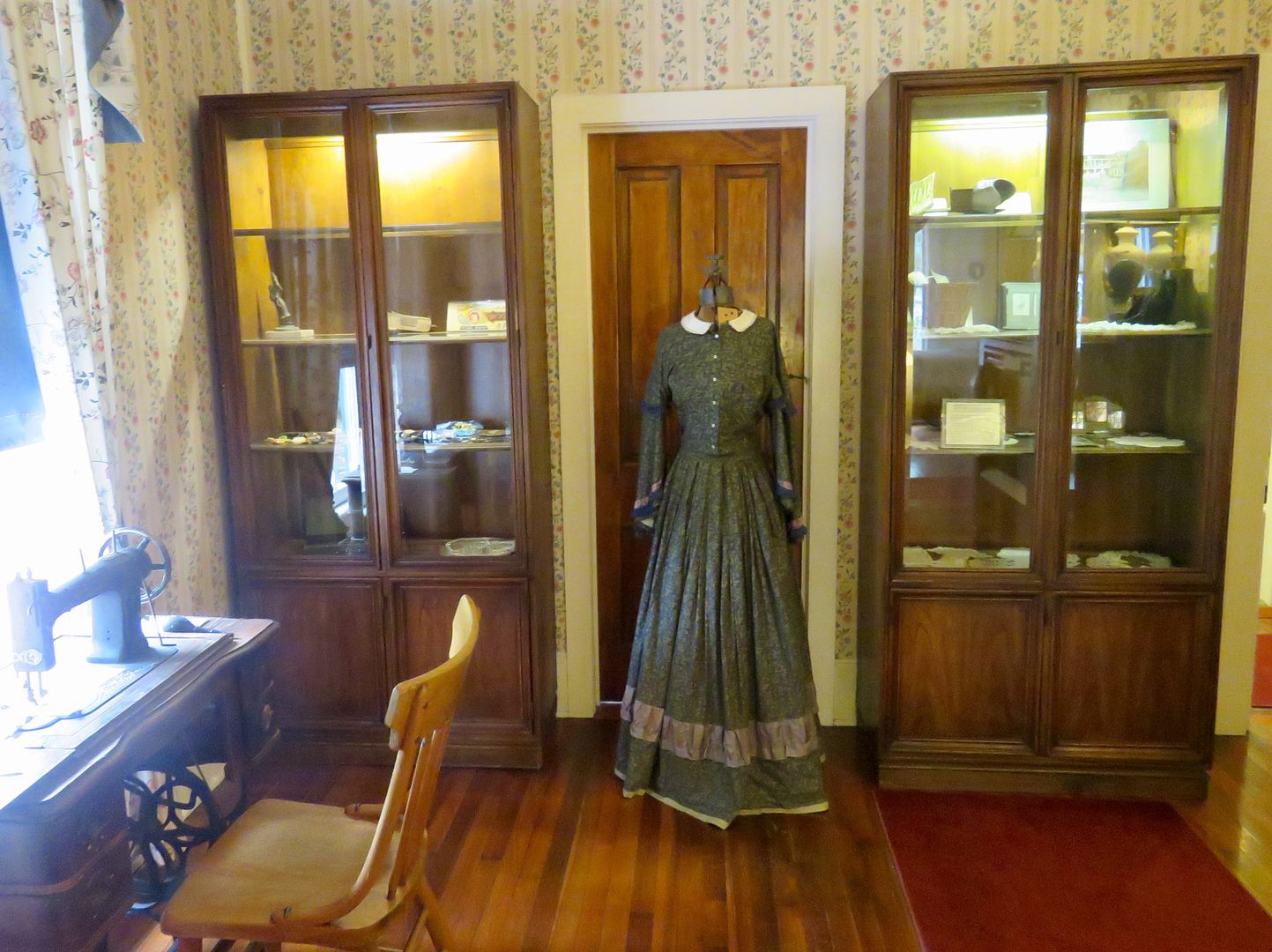
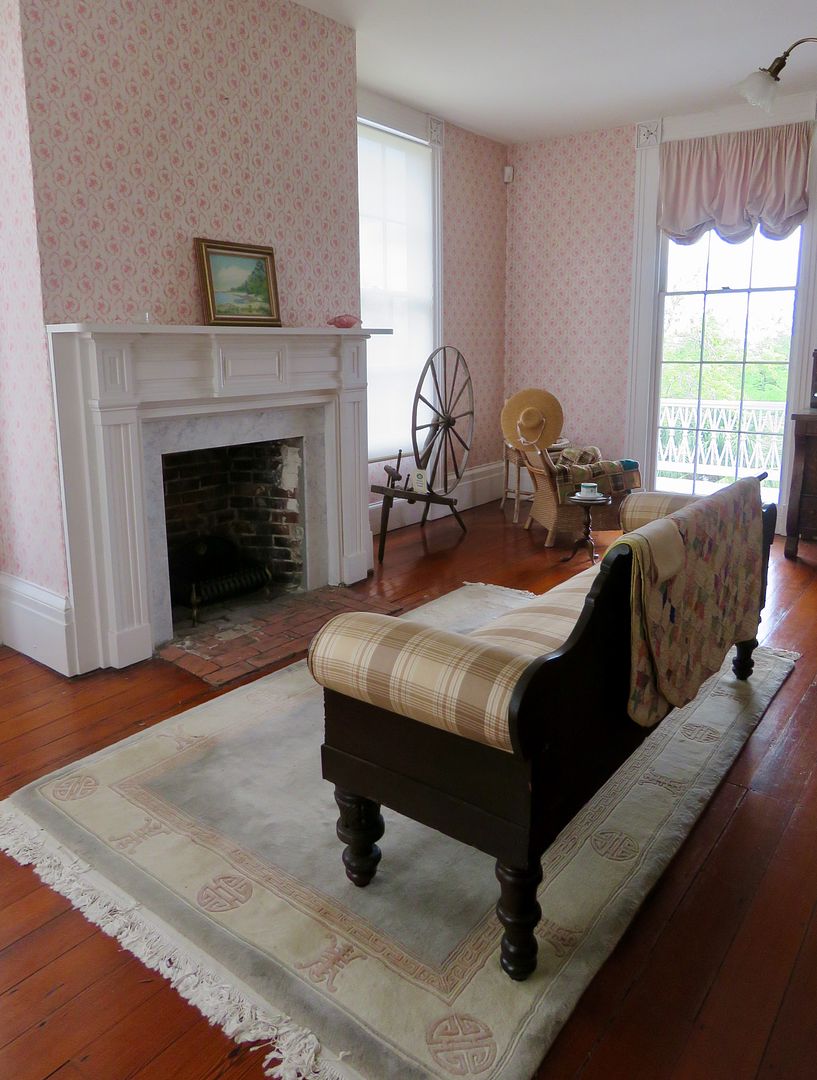
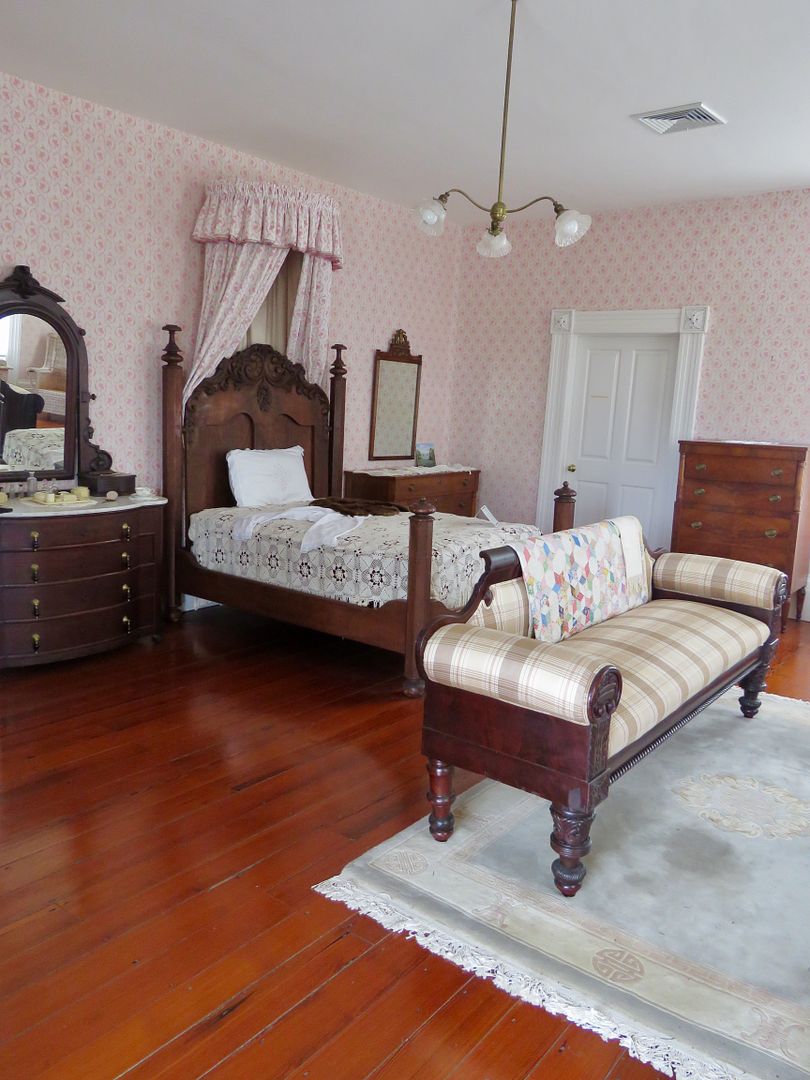
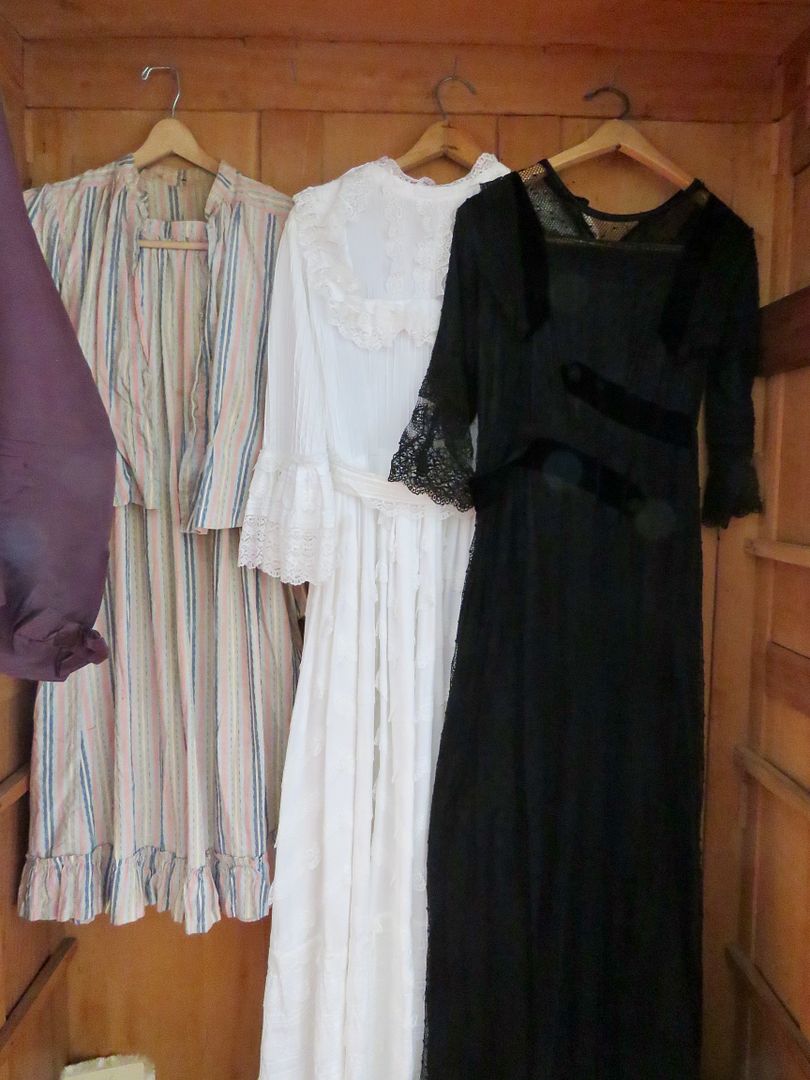
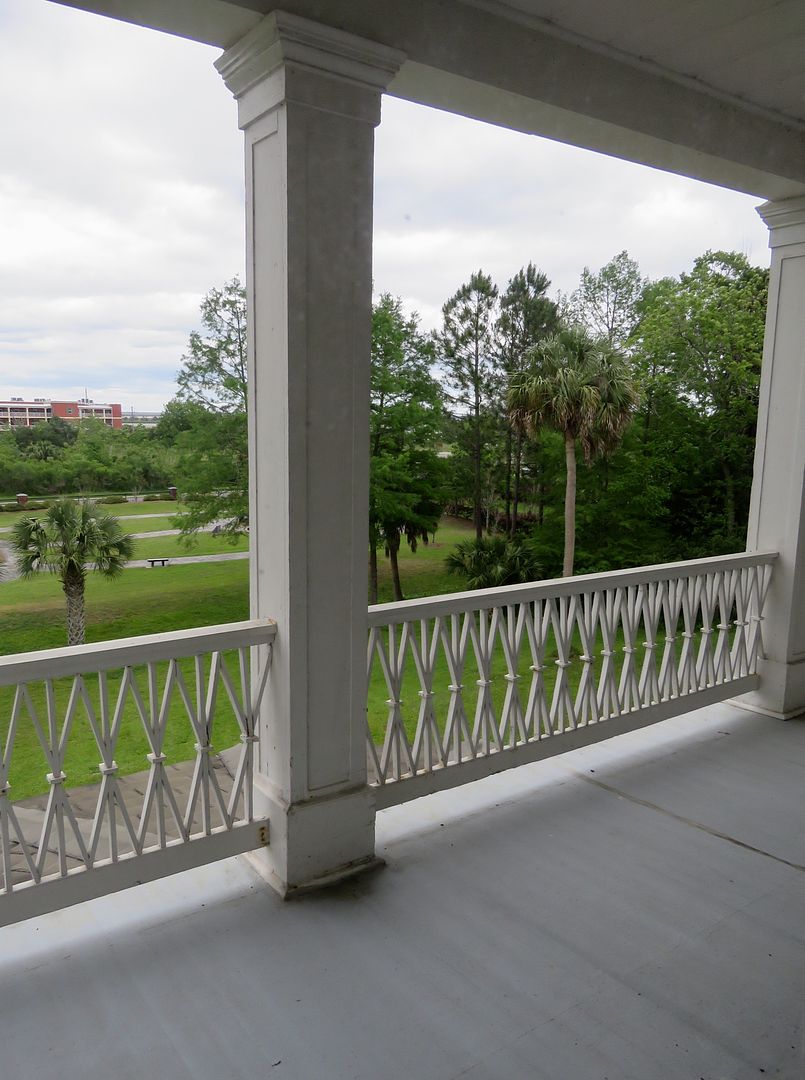
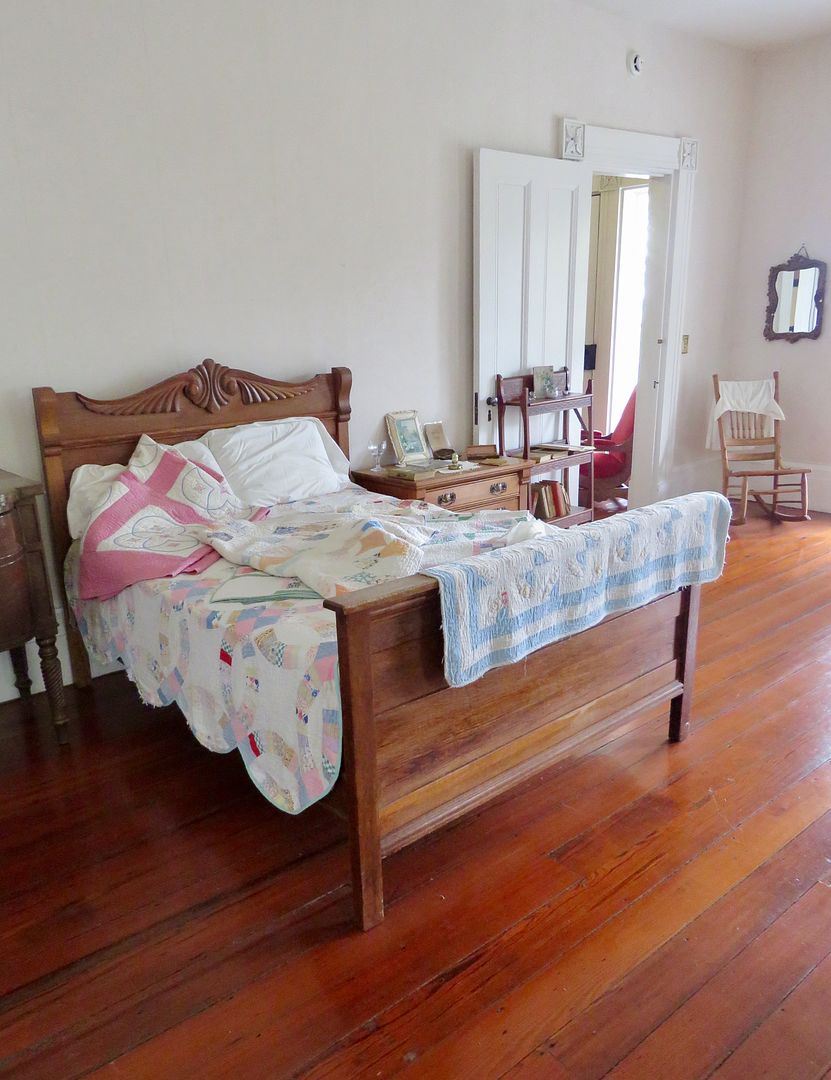
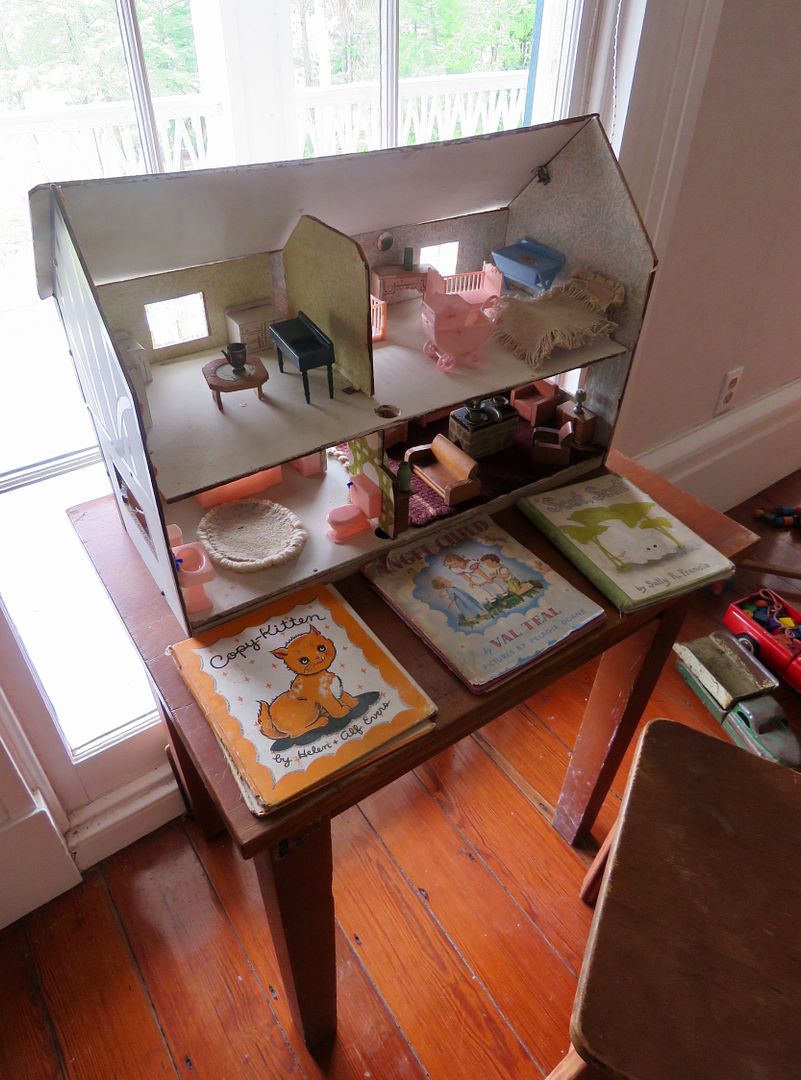
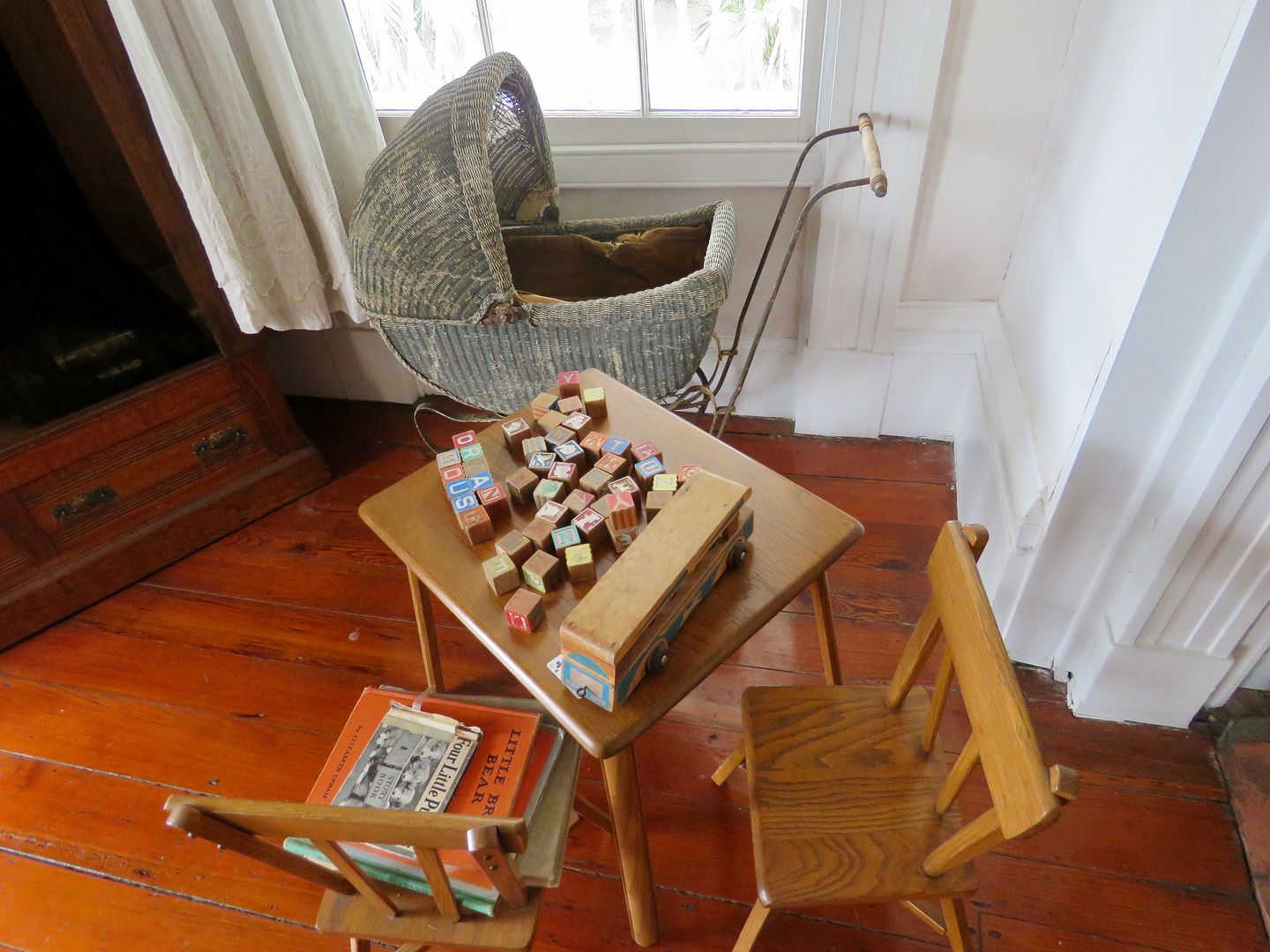
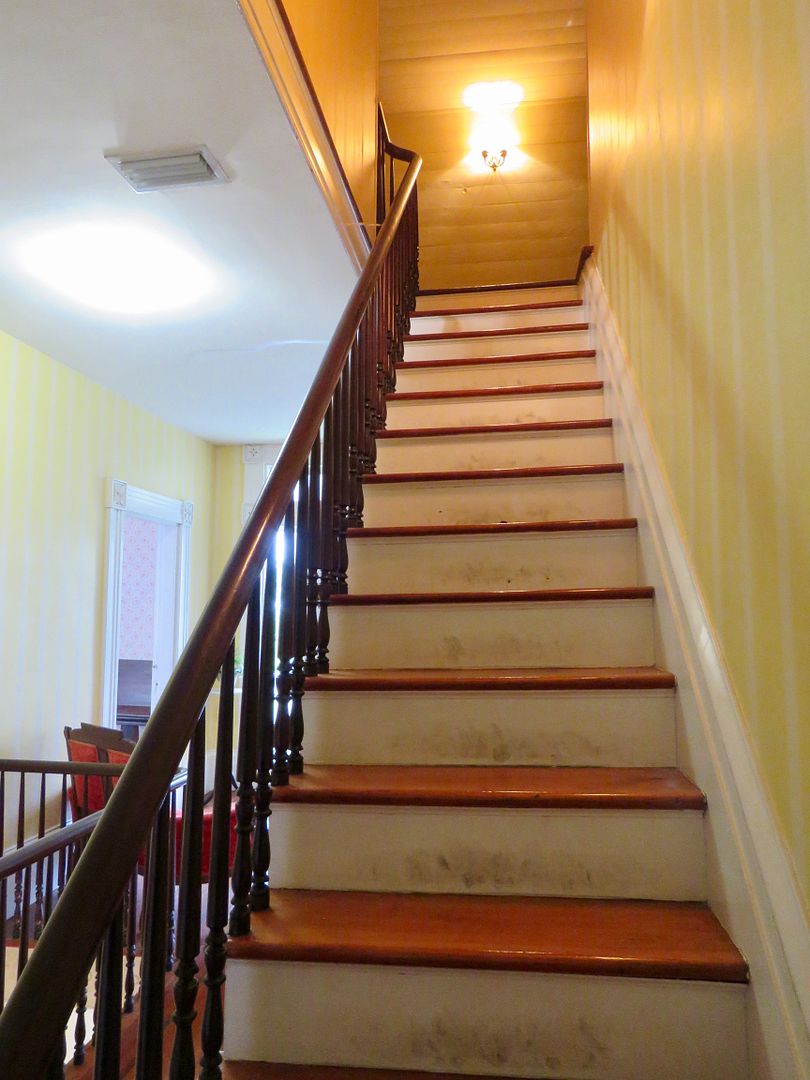
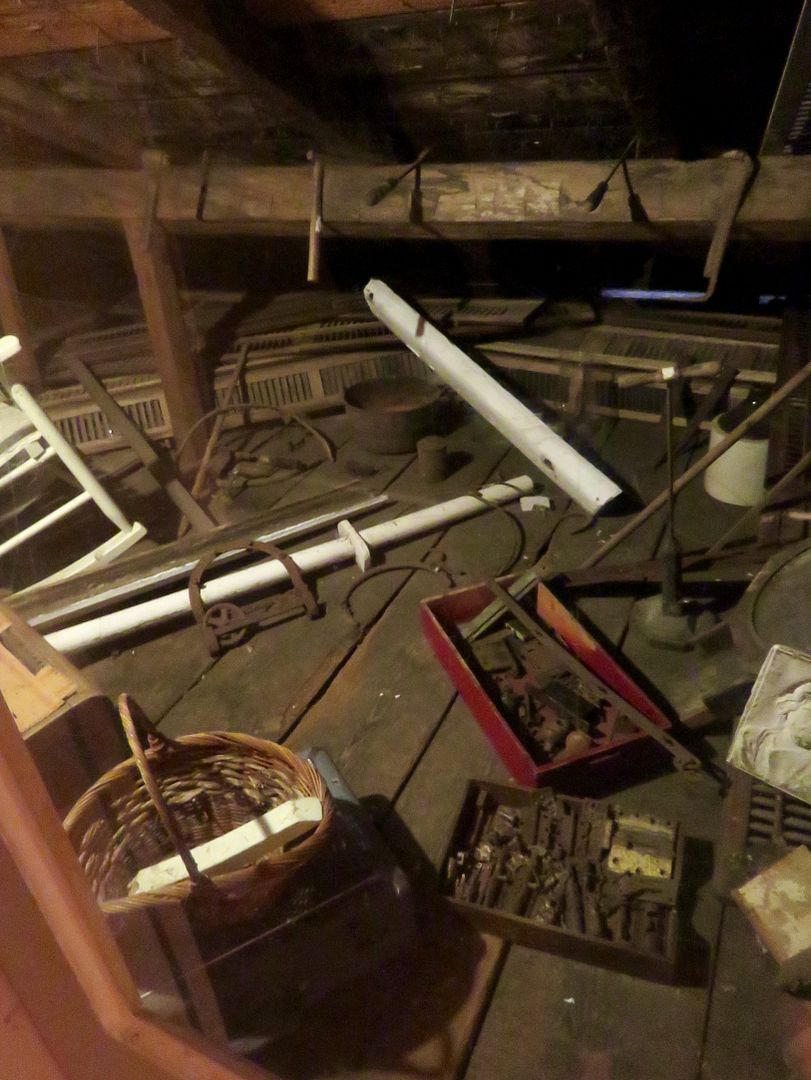
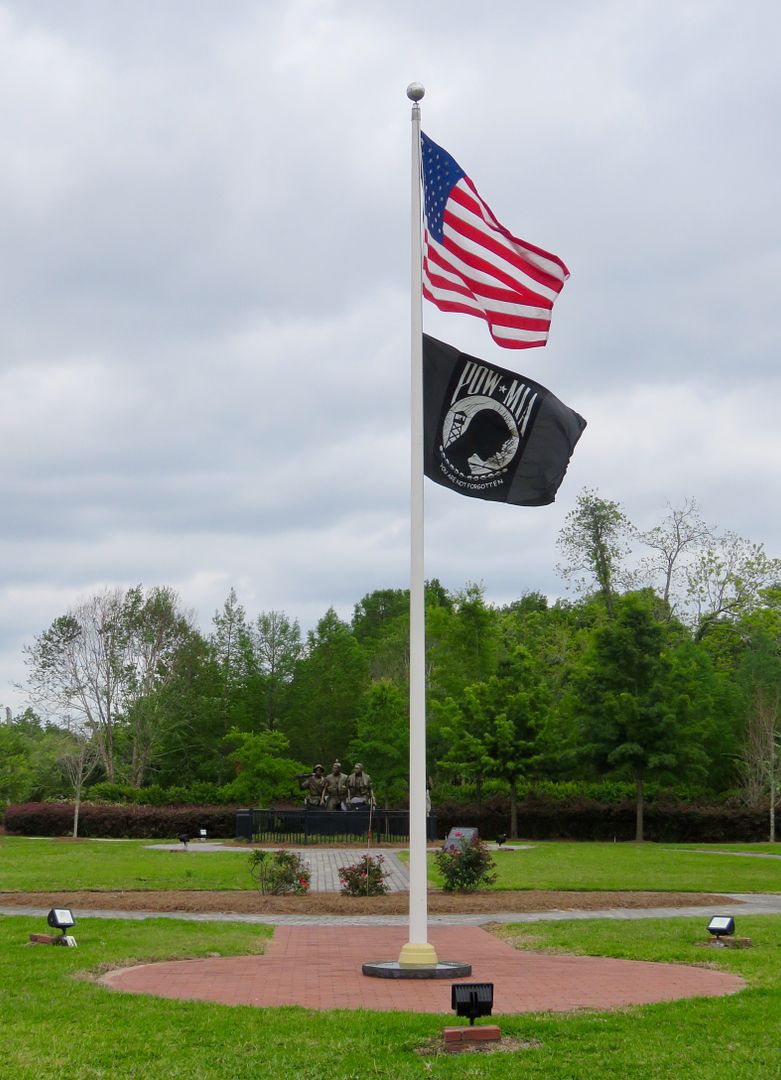
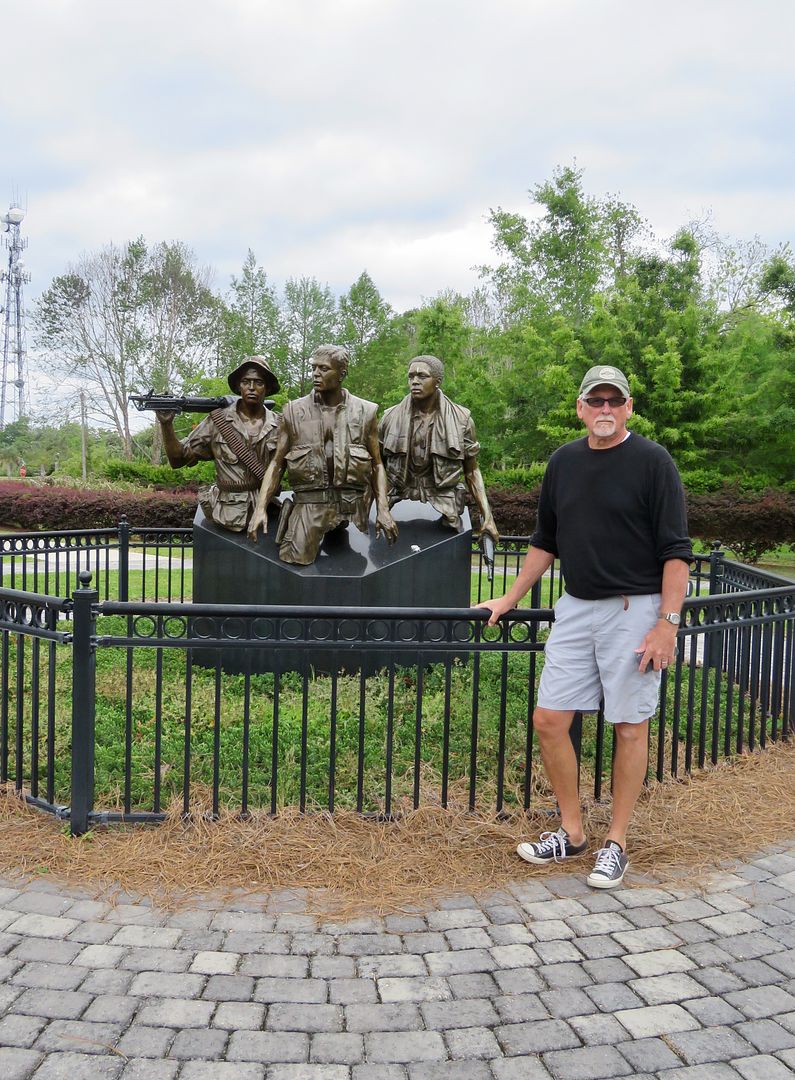
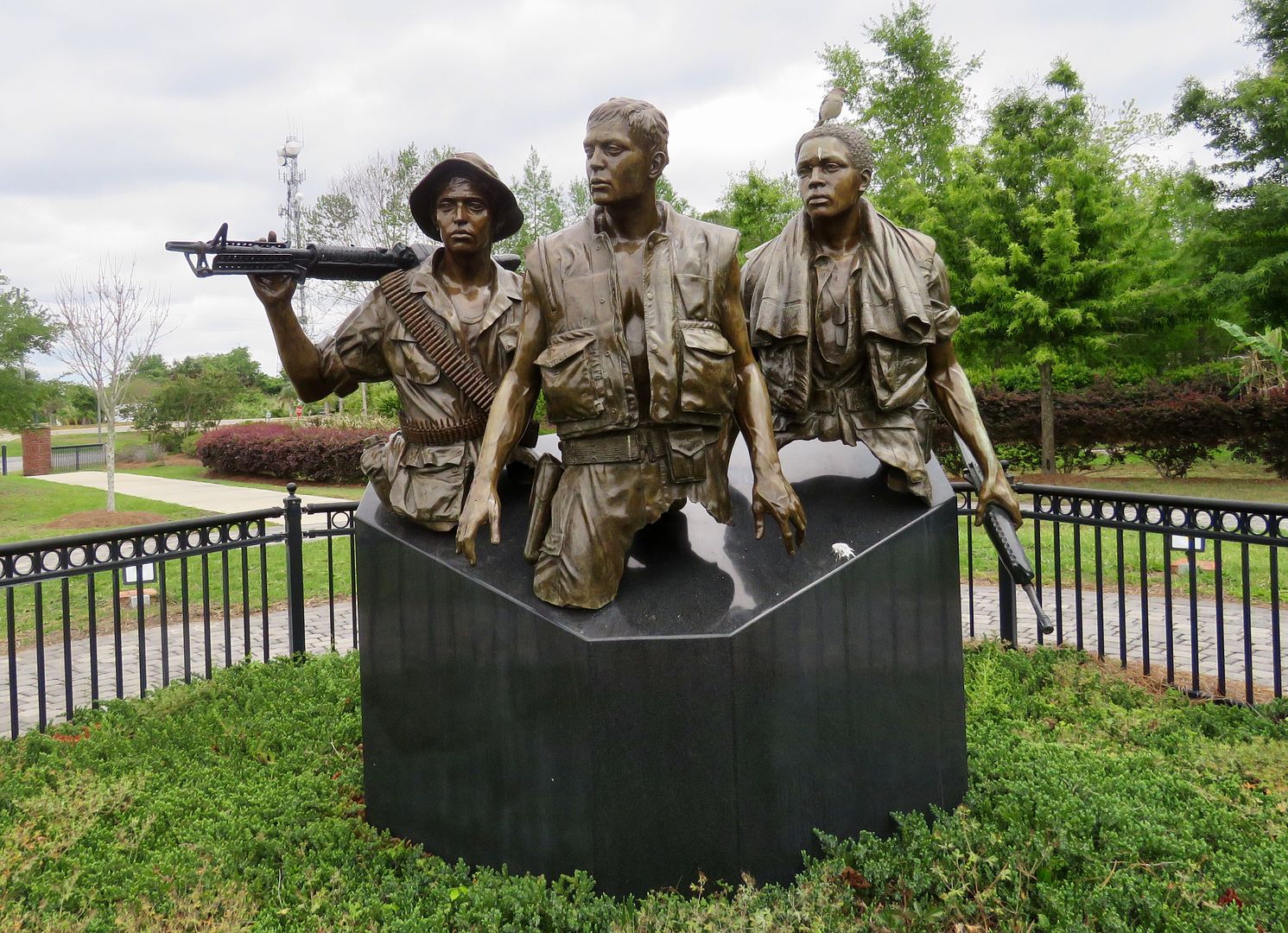

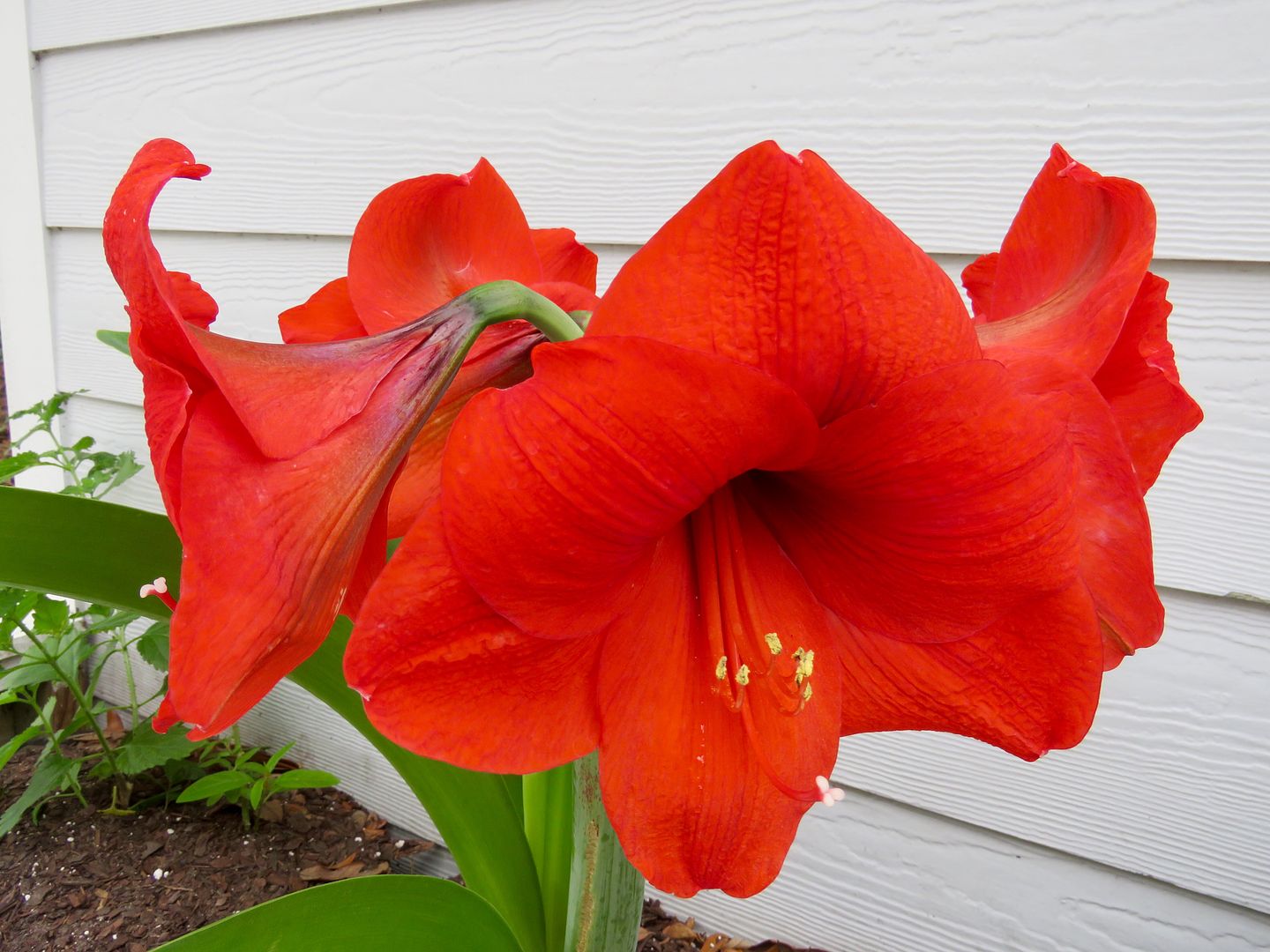


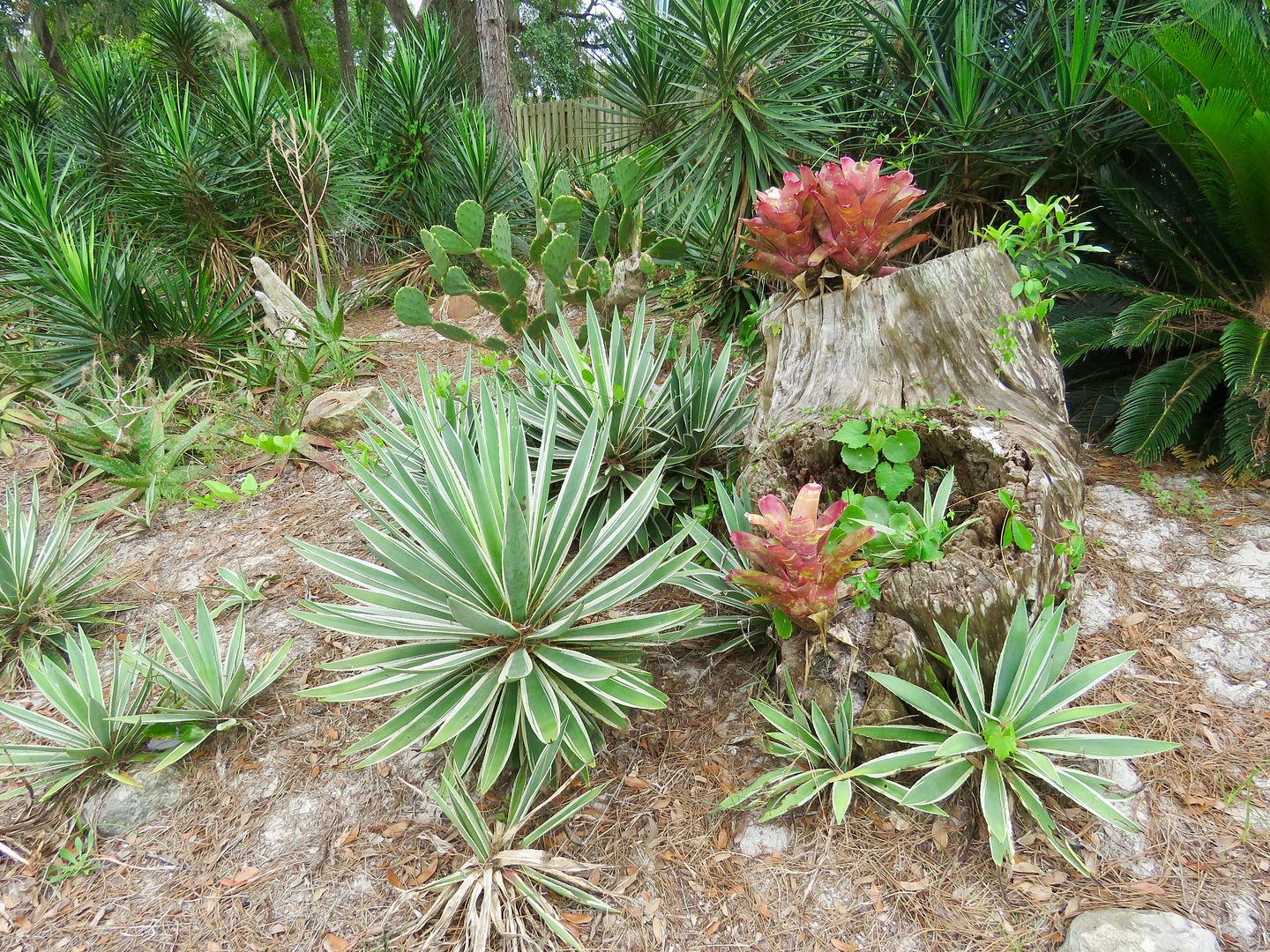


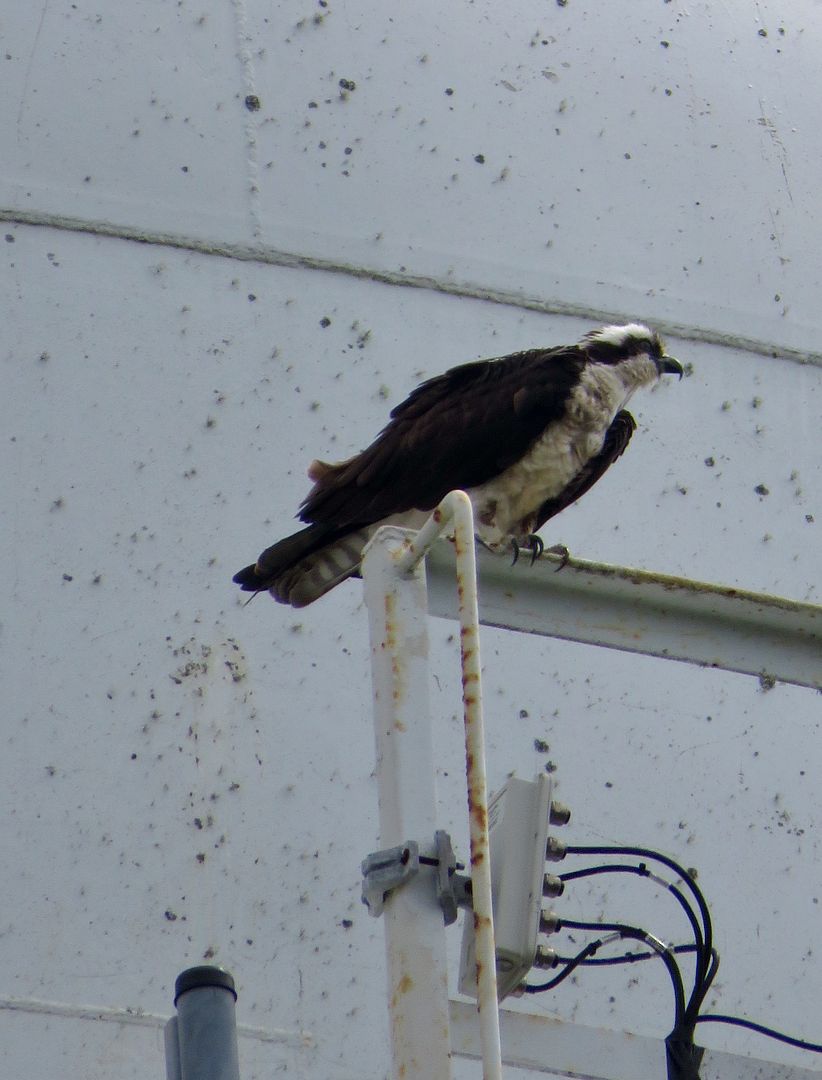
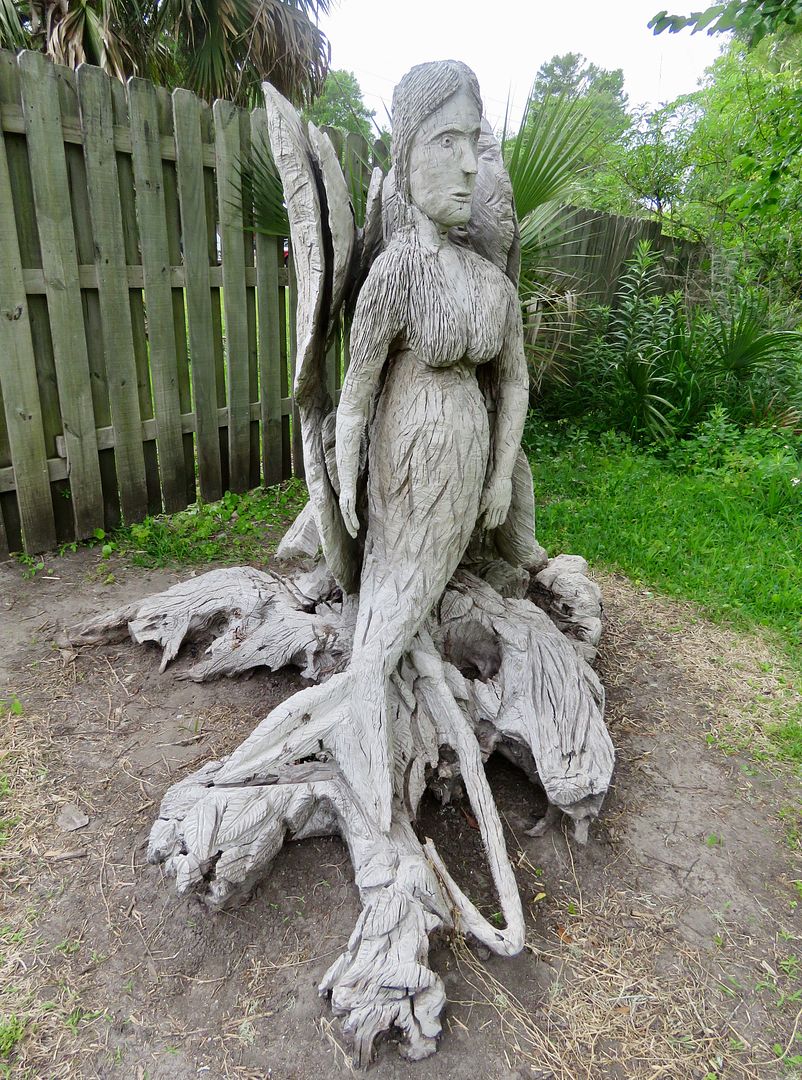

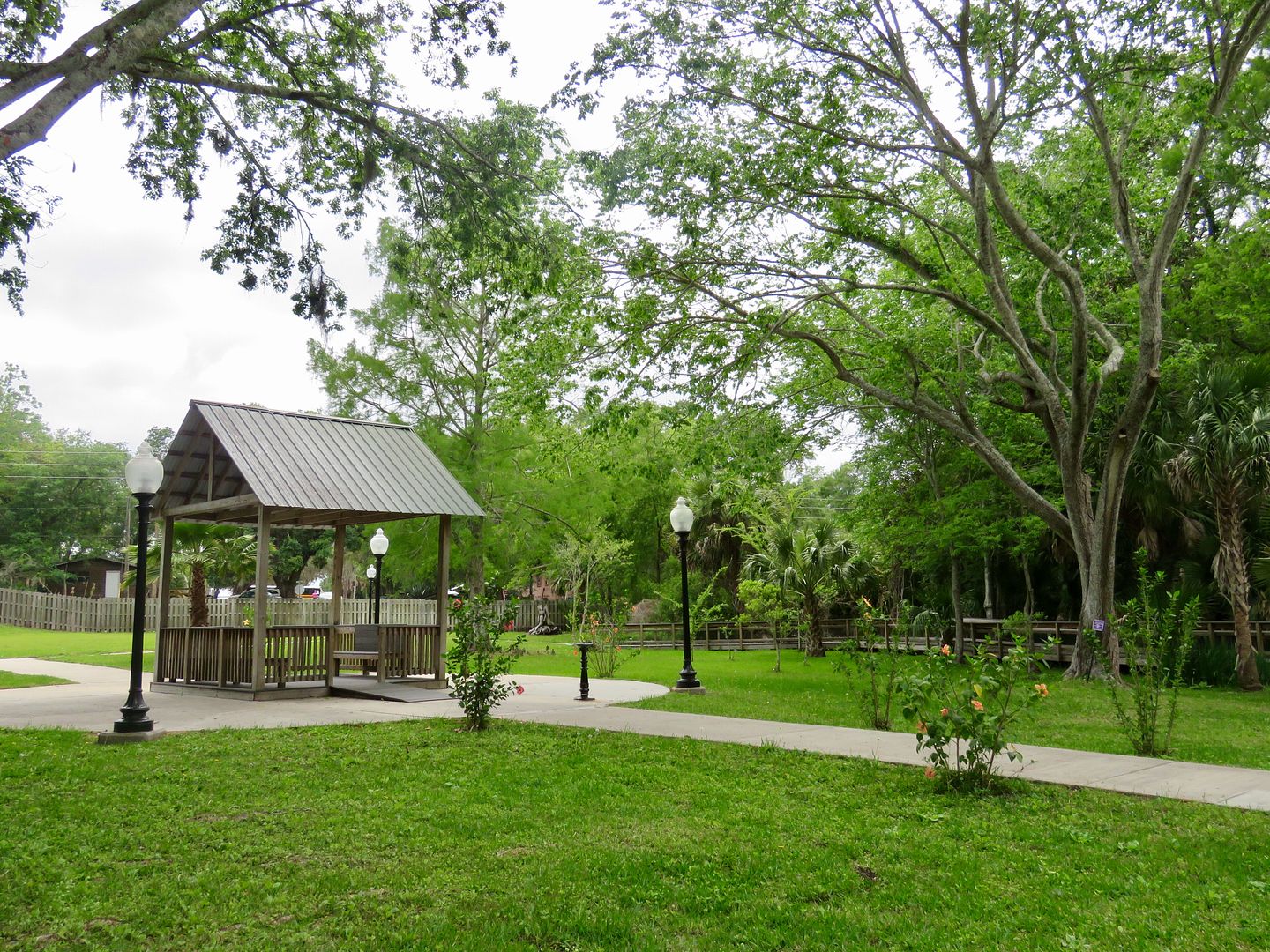
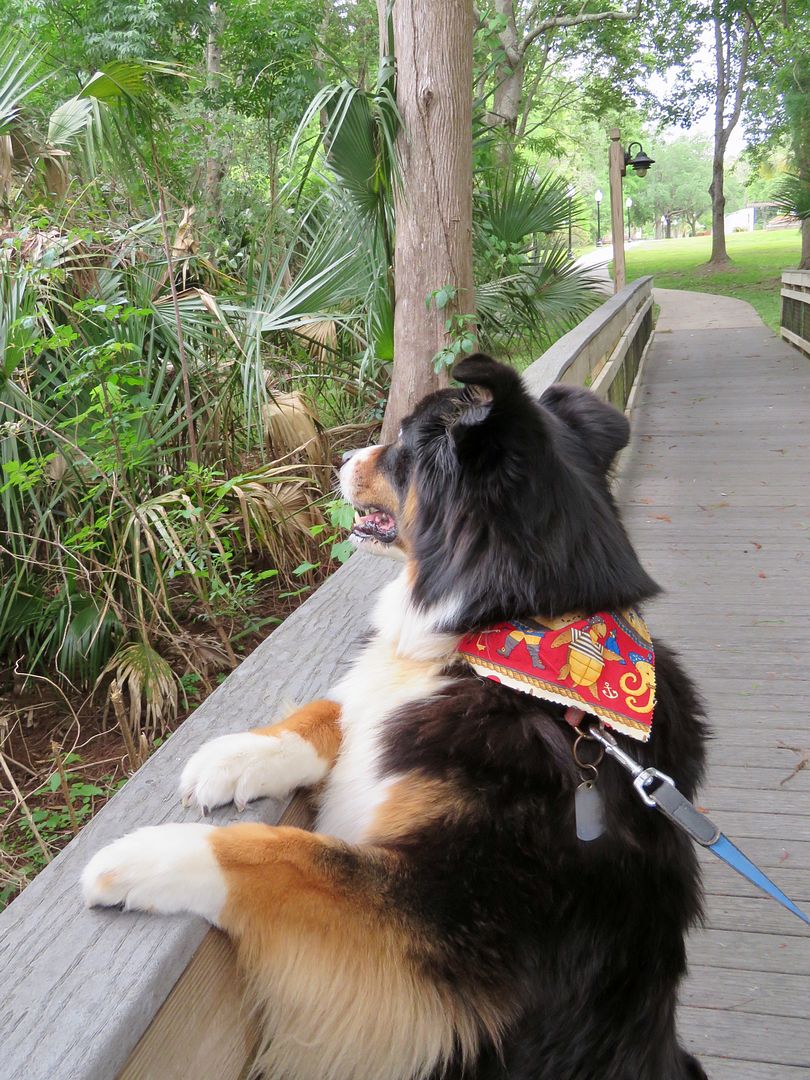
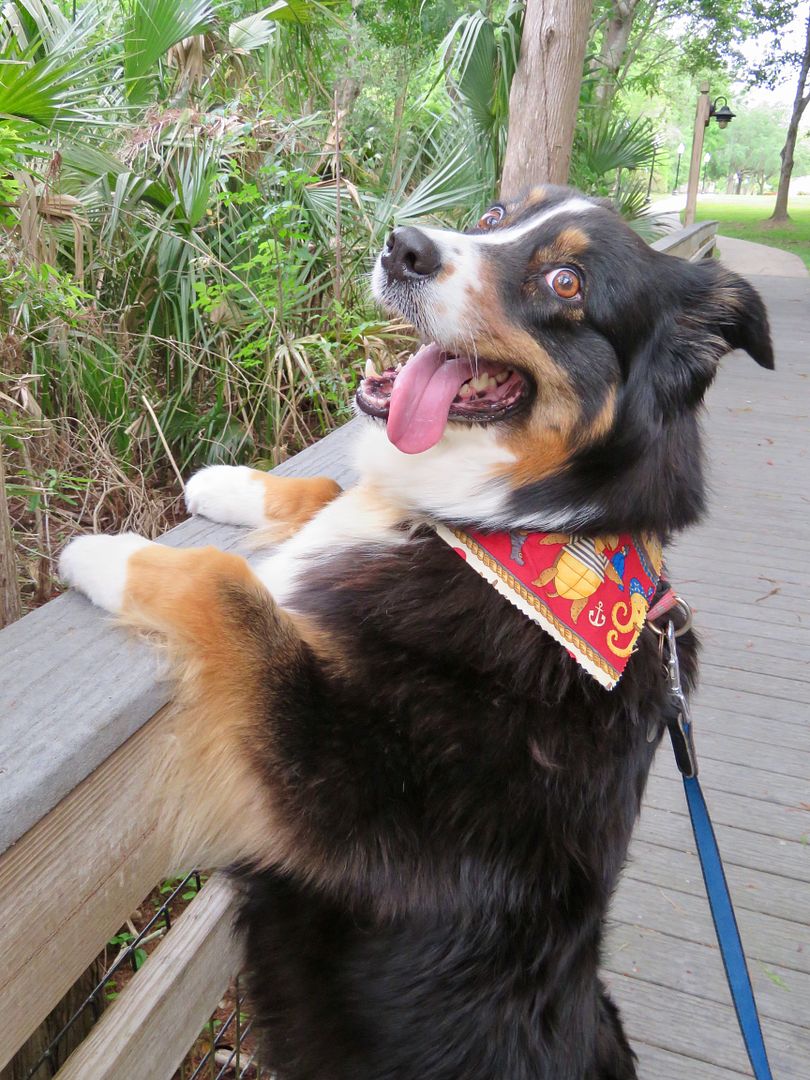

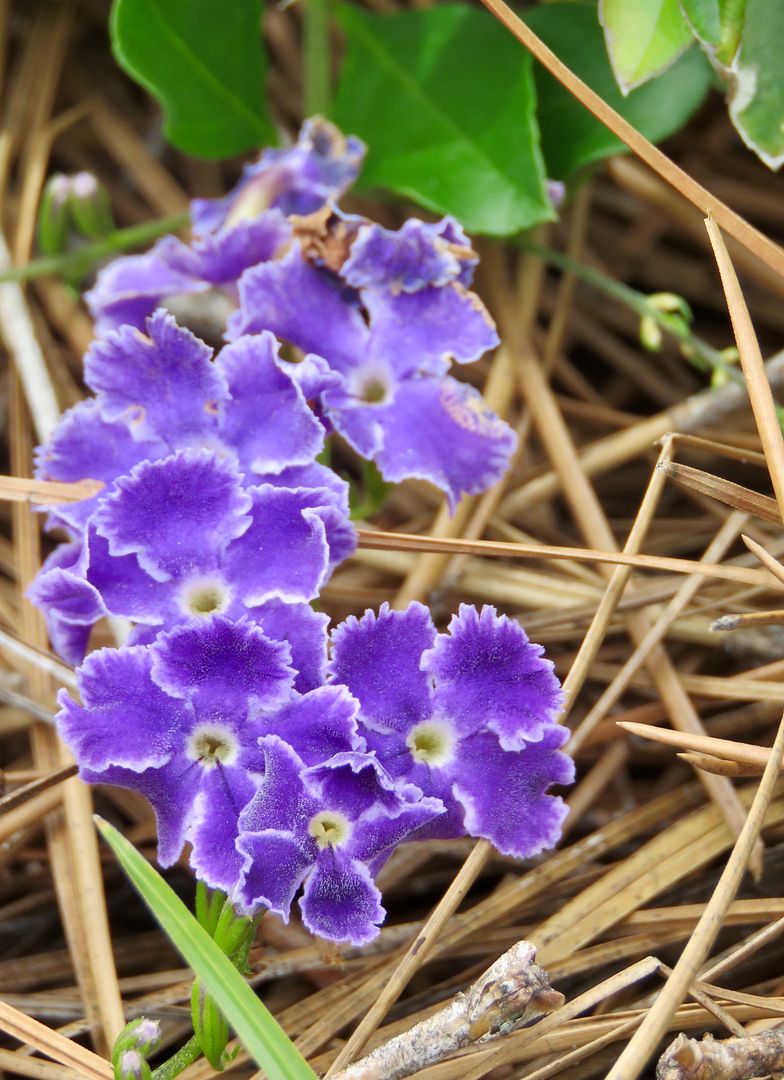
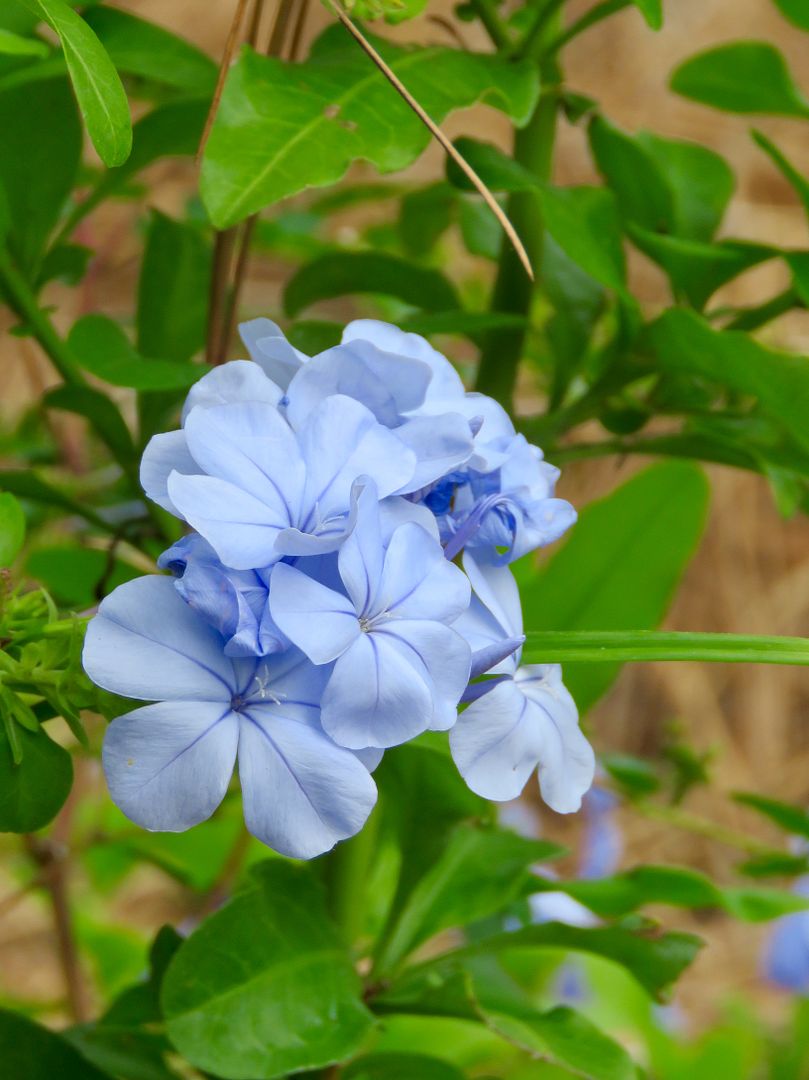
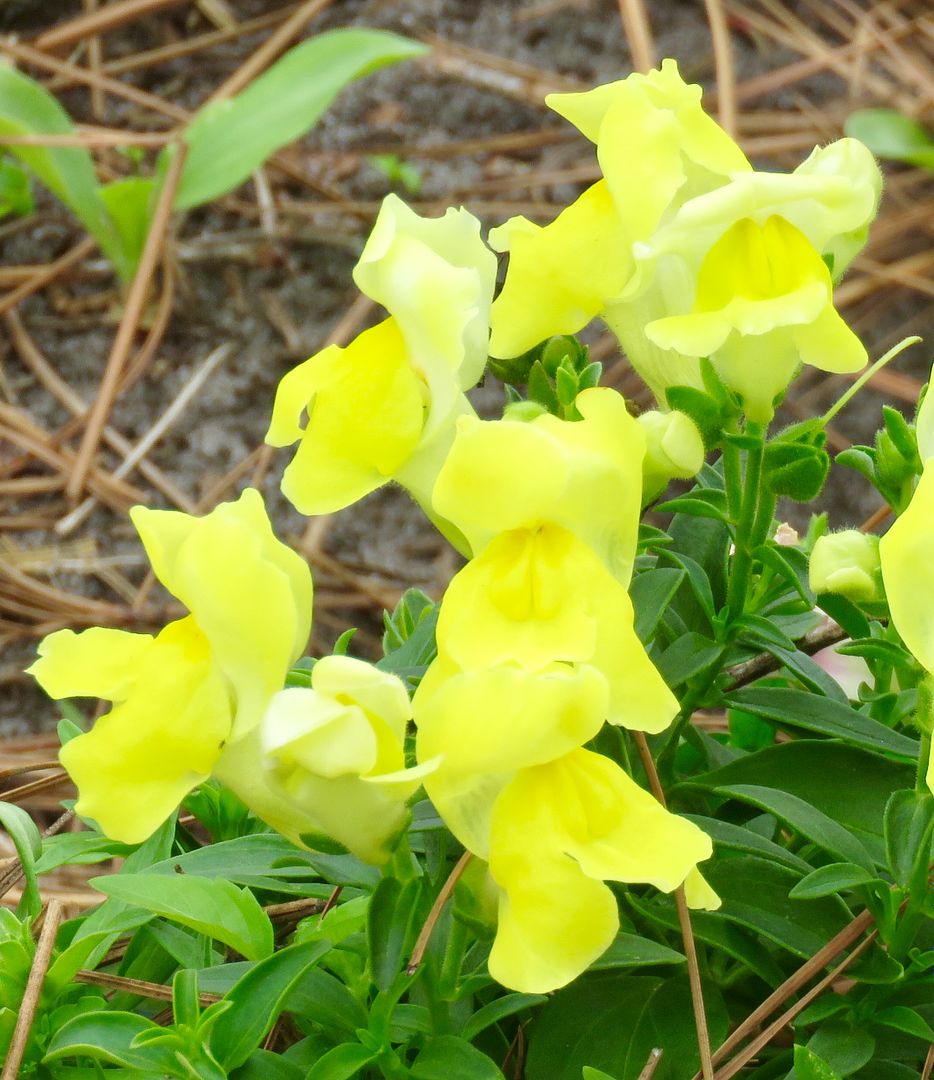

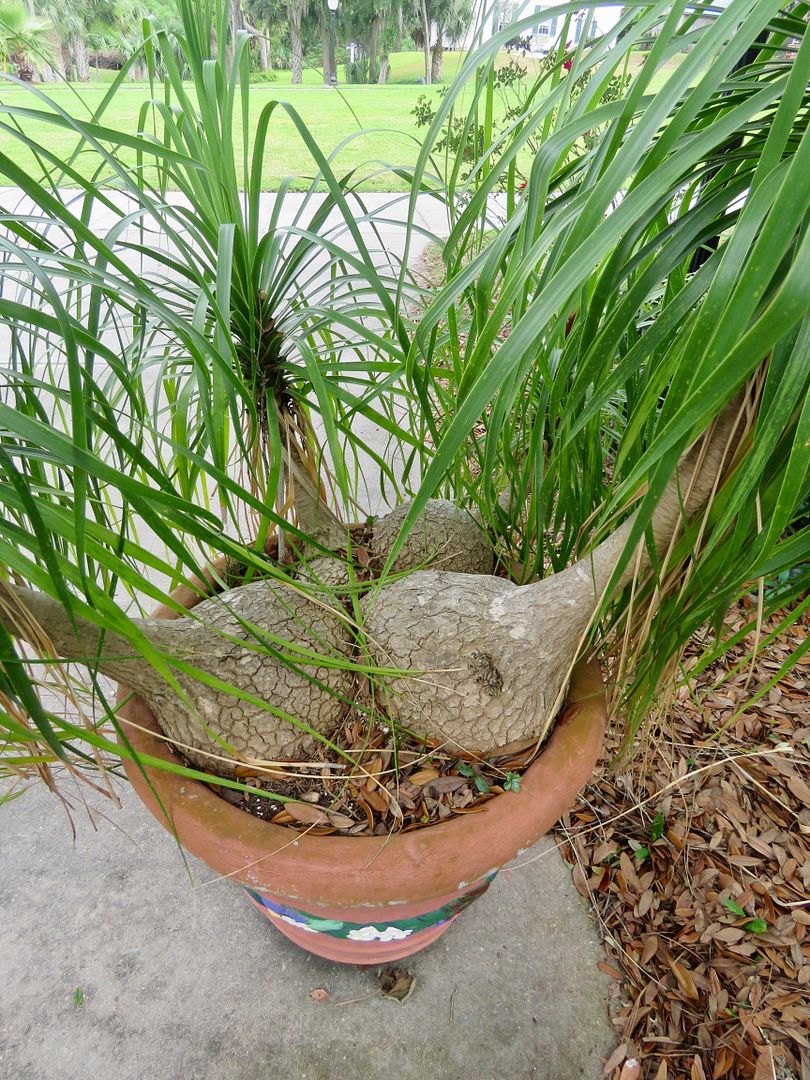
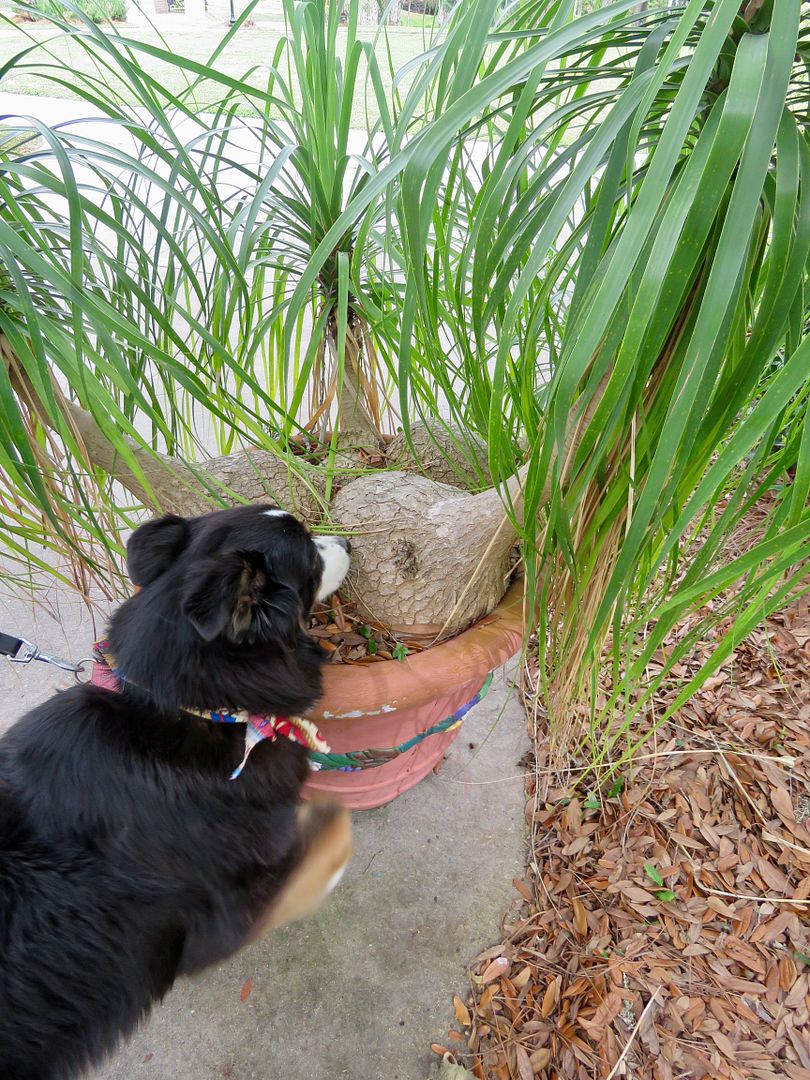

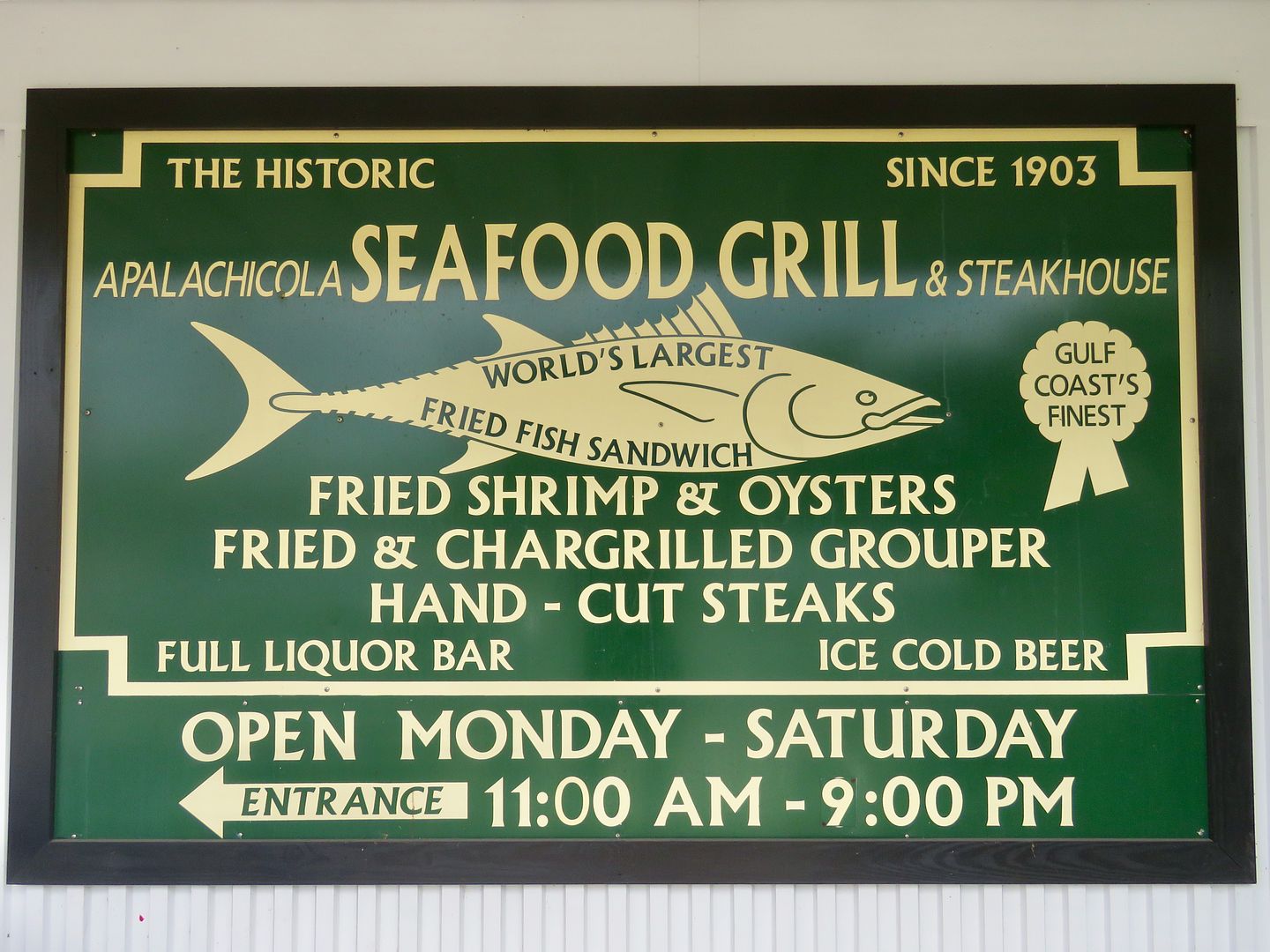
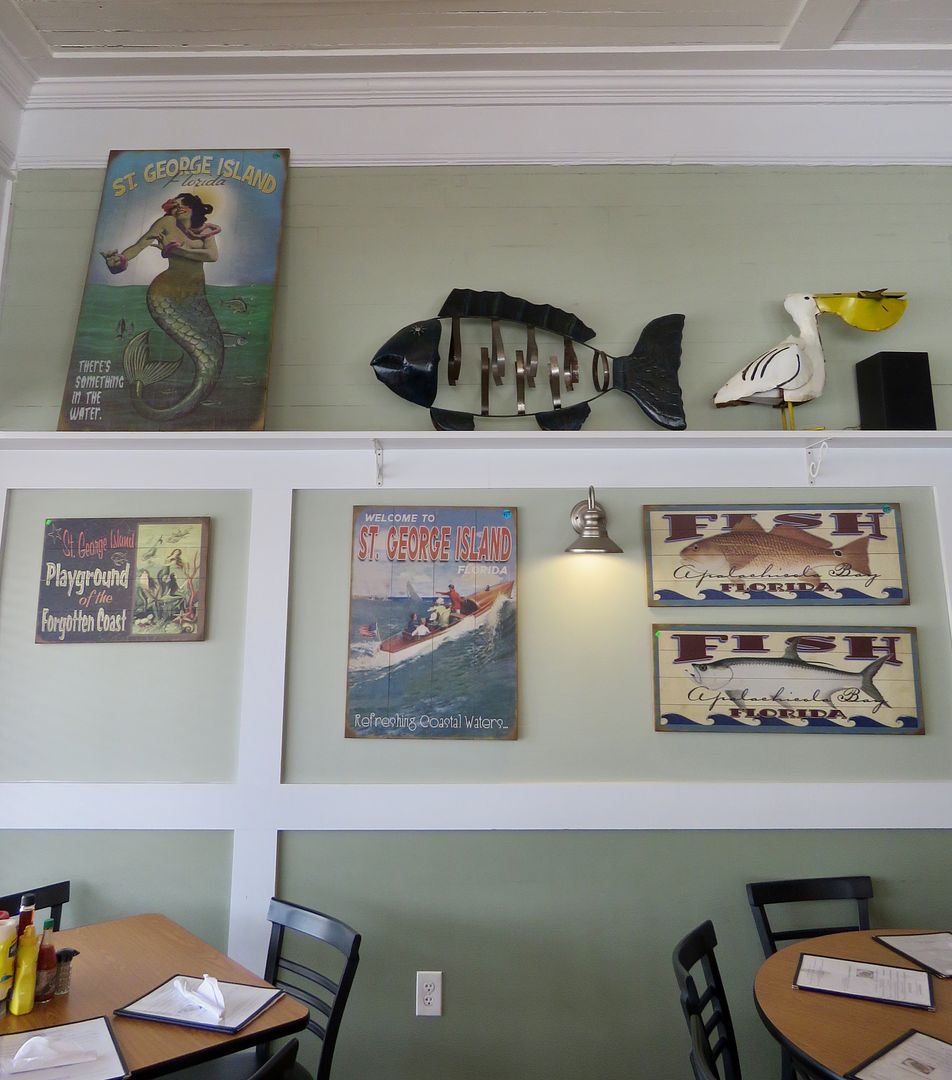
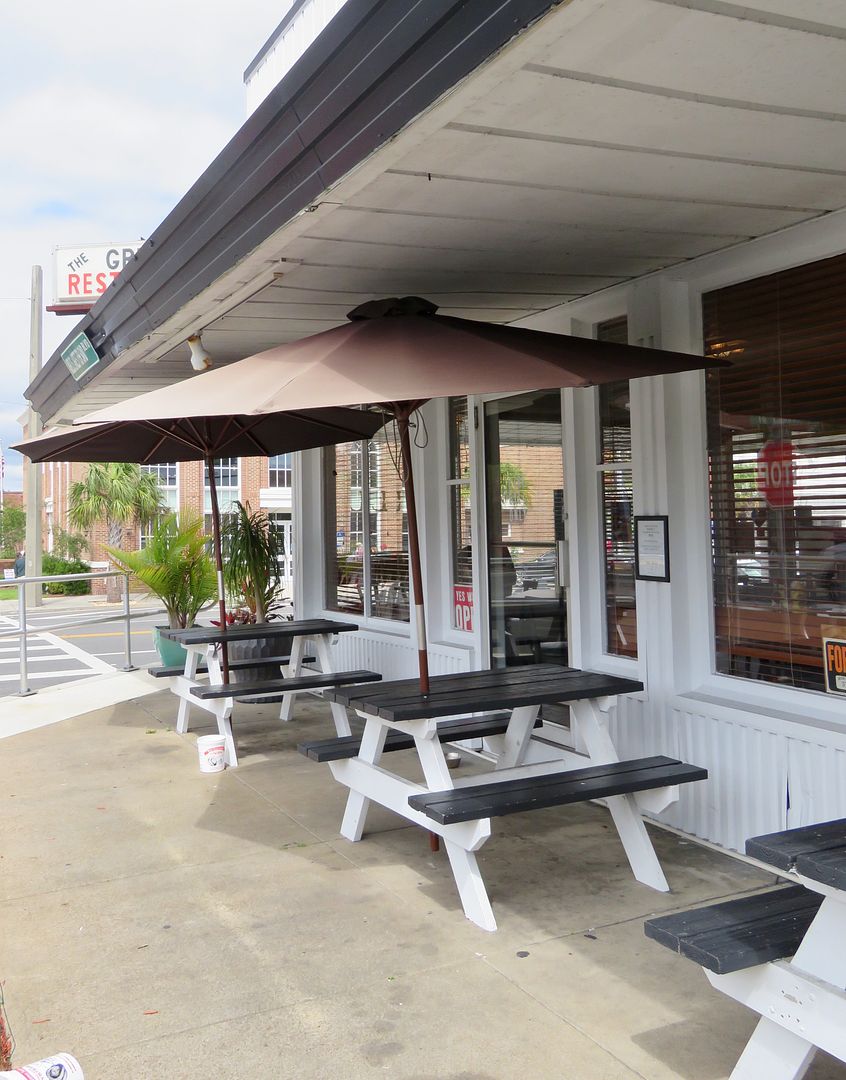
No comments:
Post a Comment